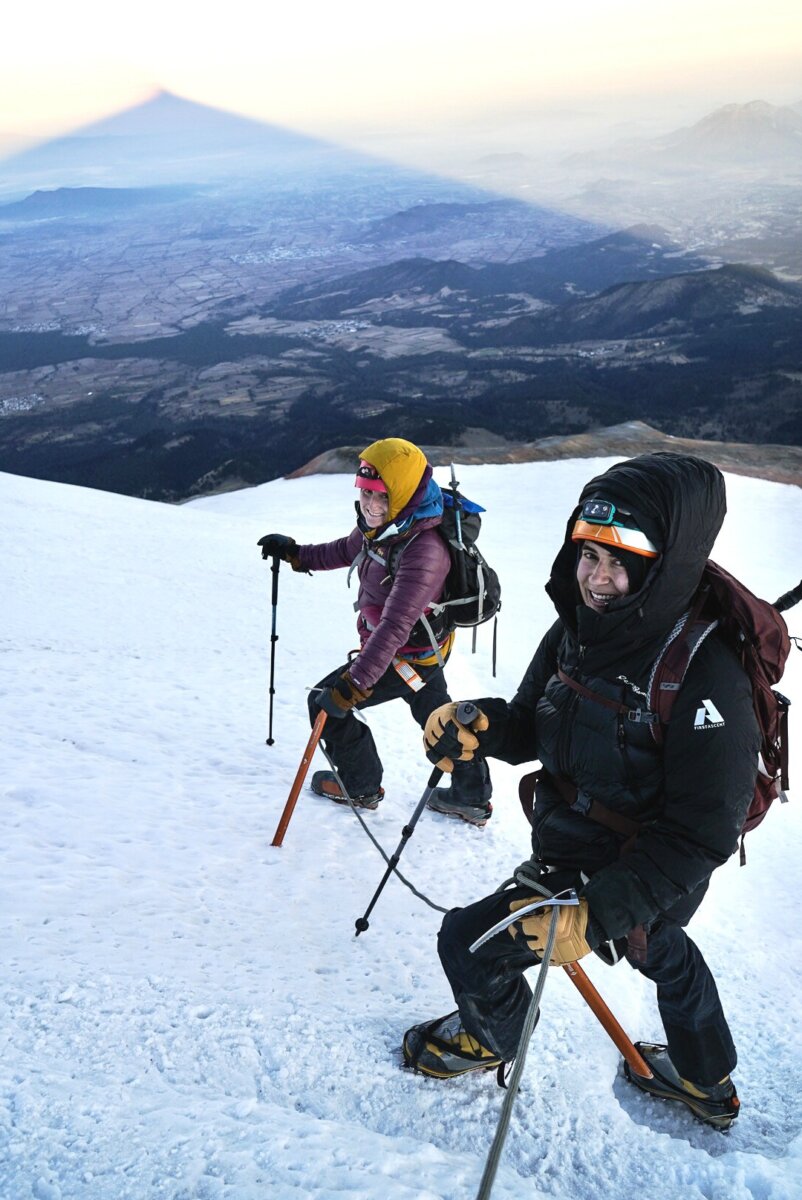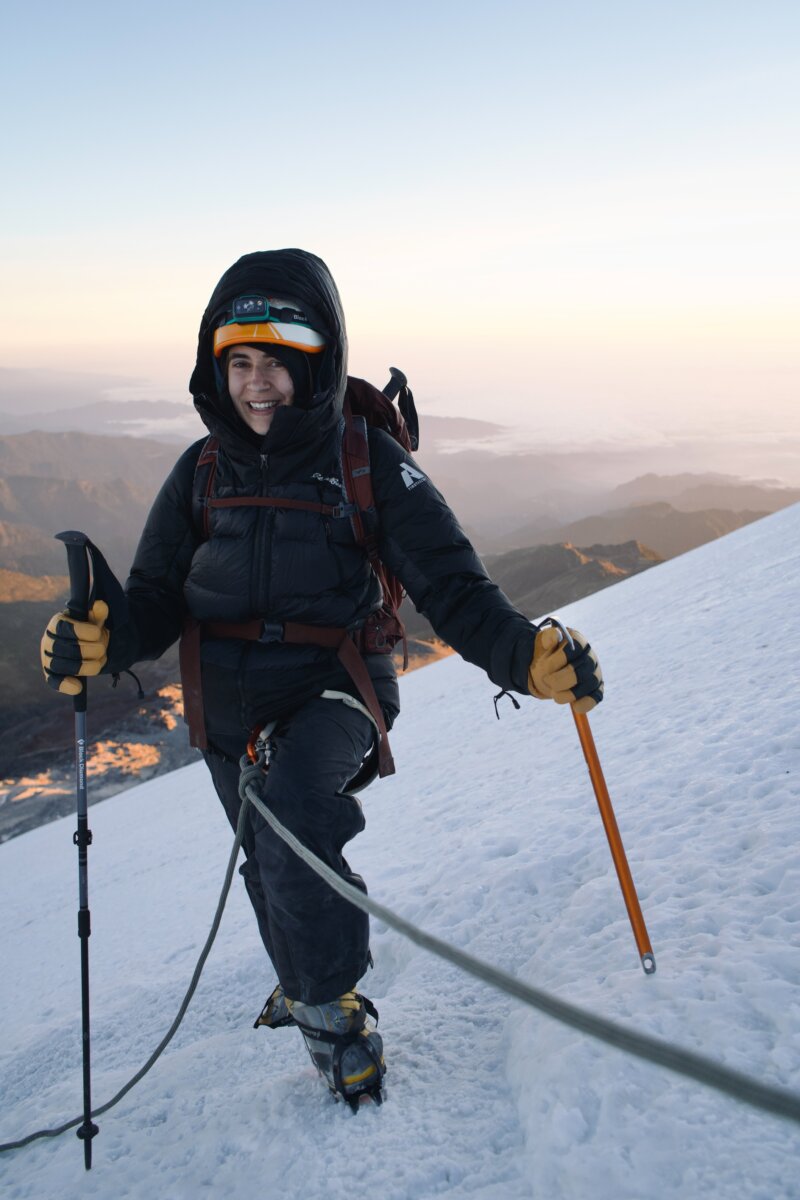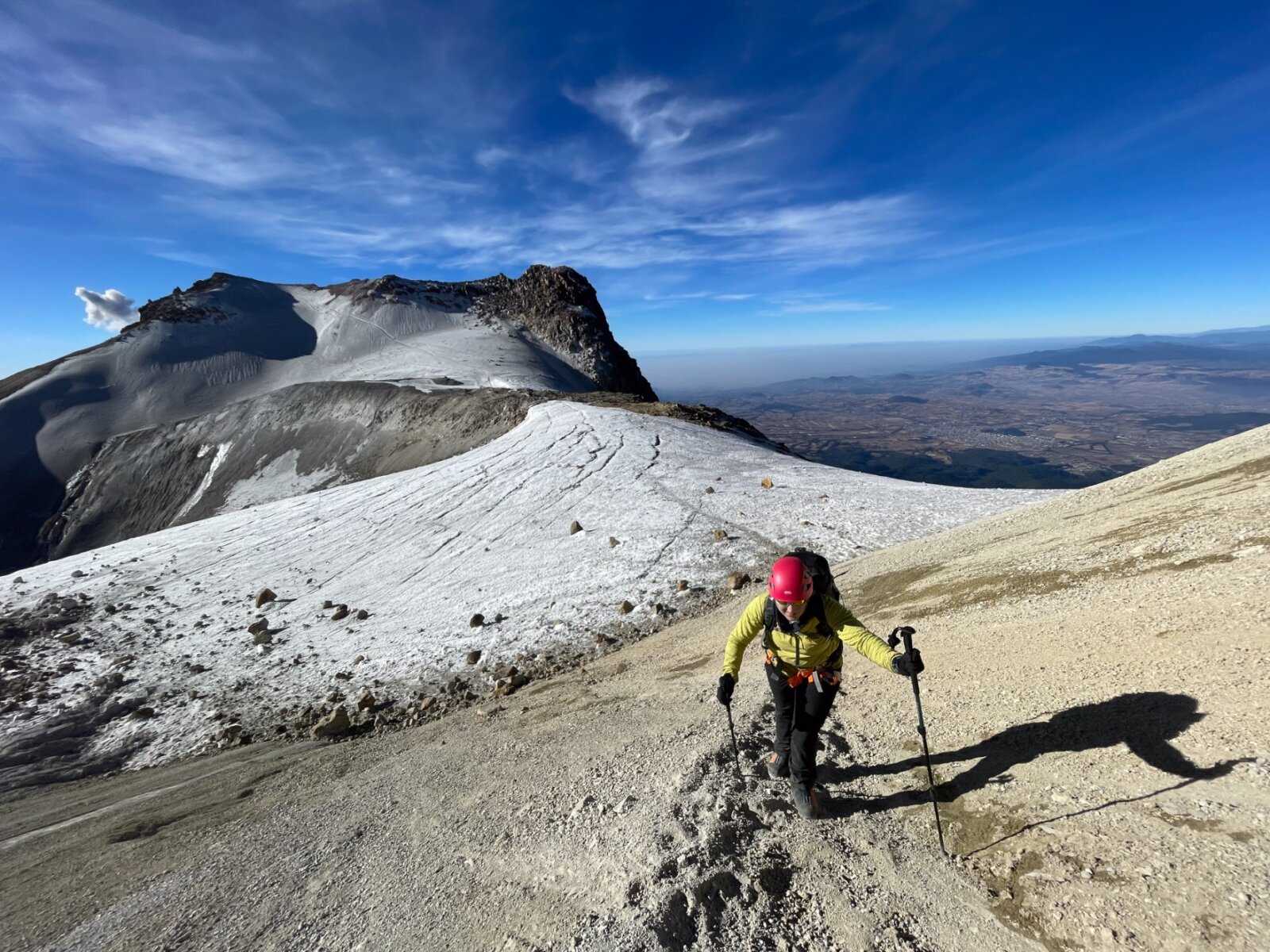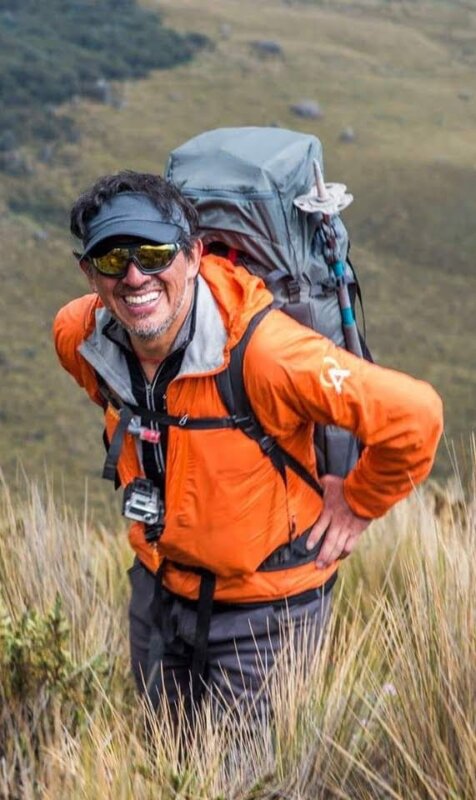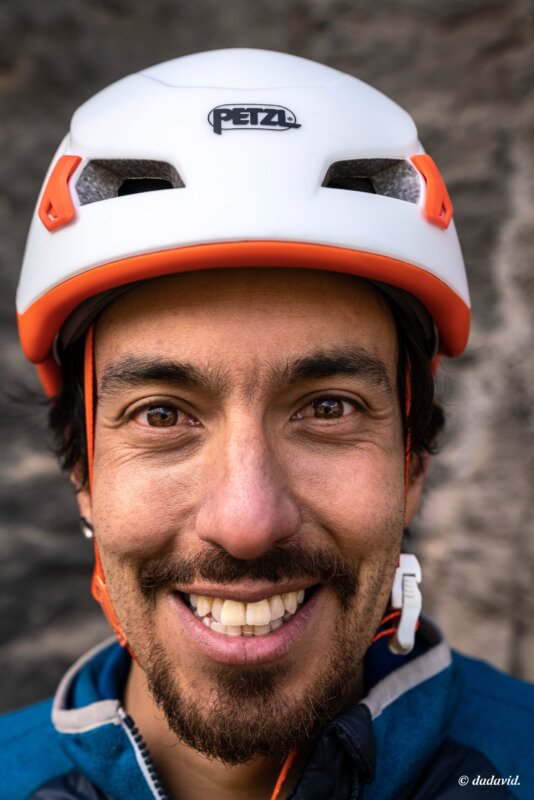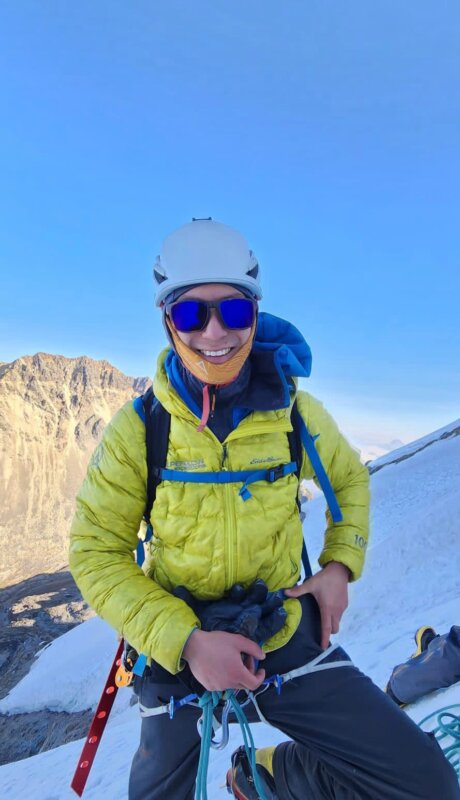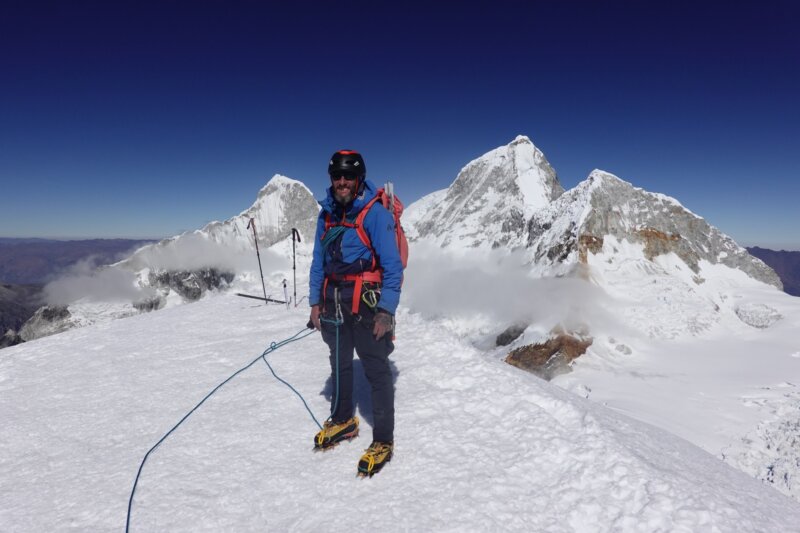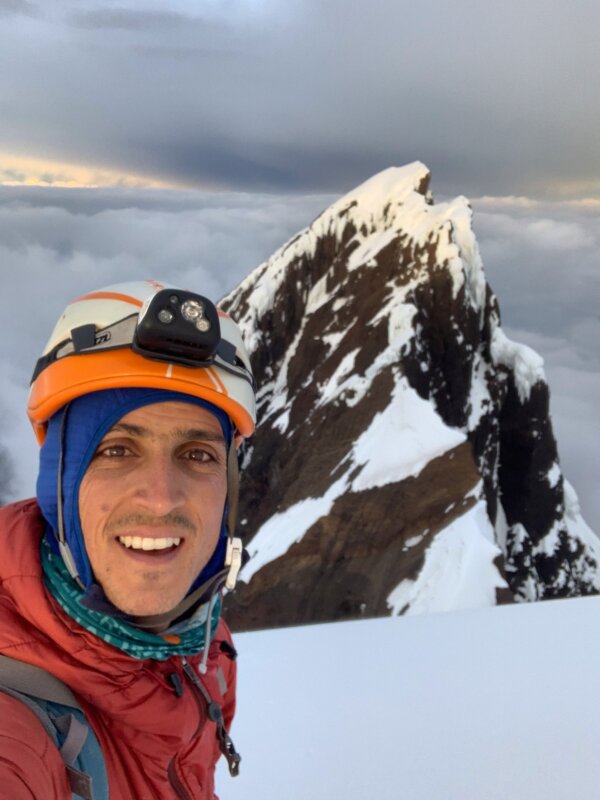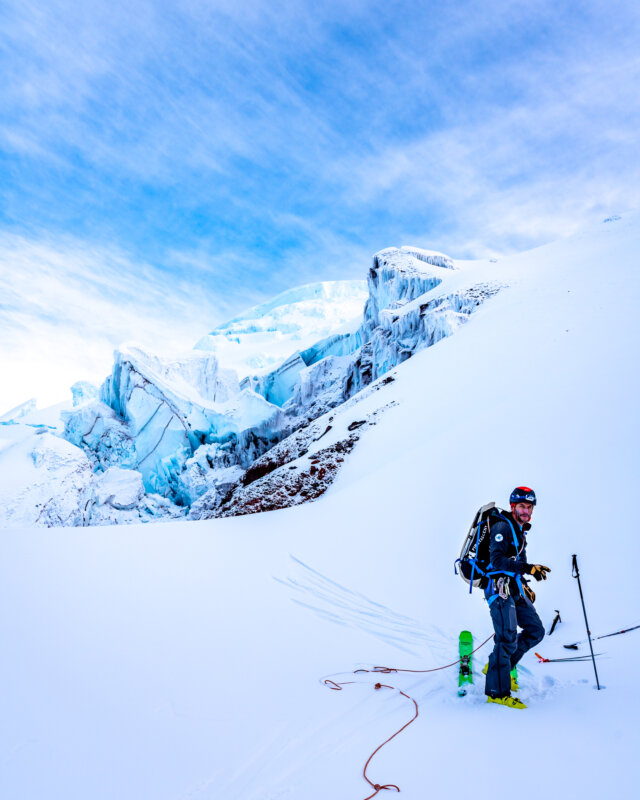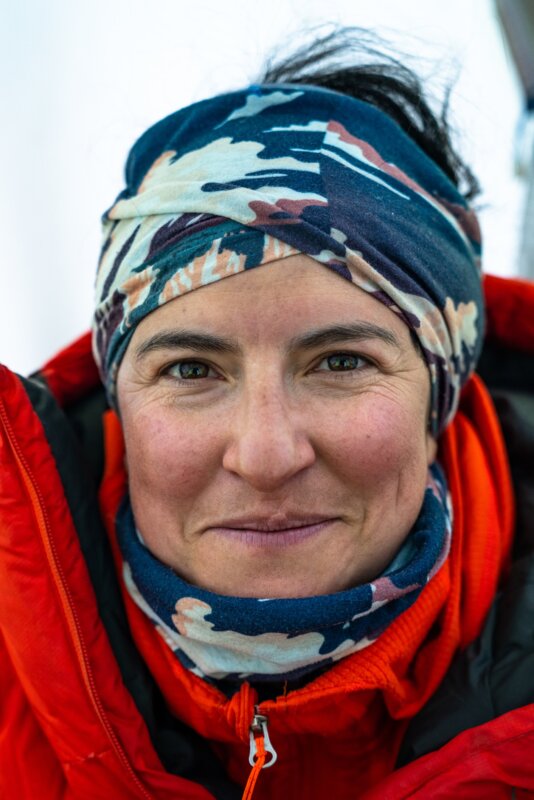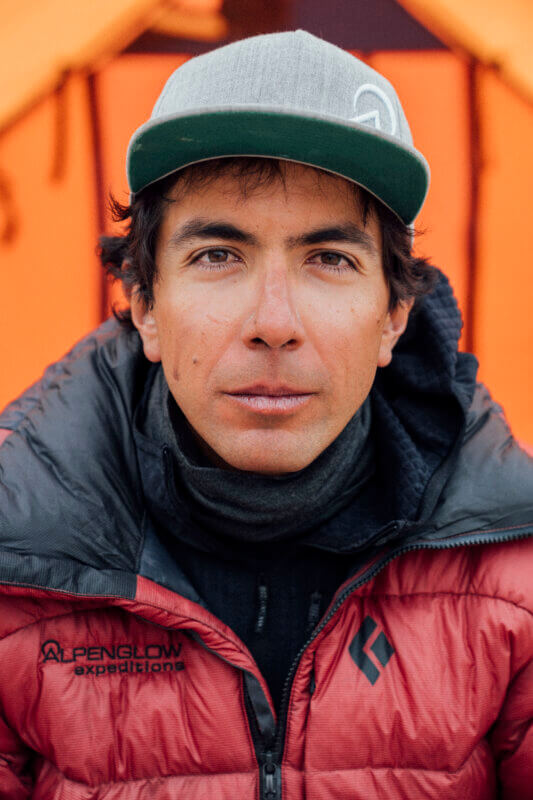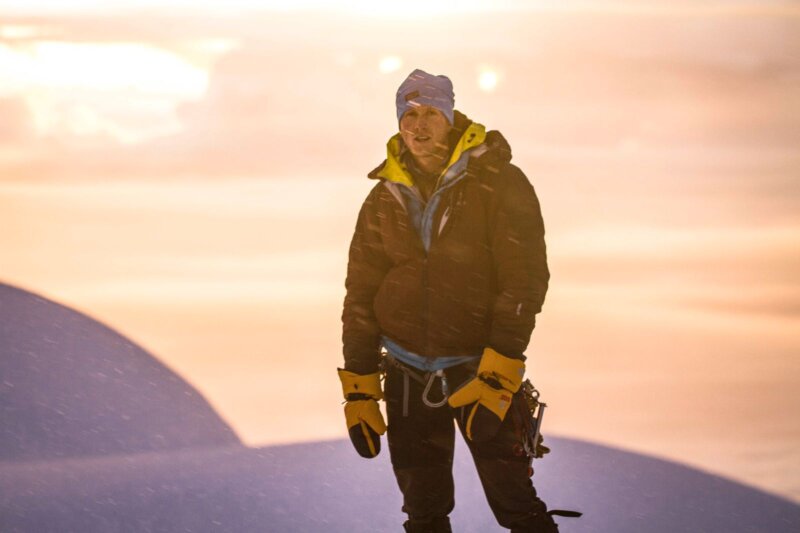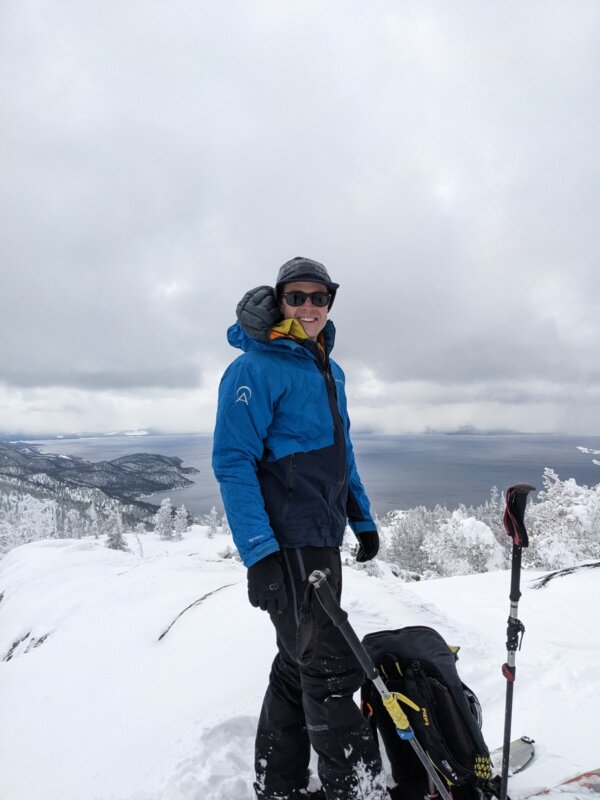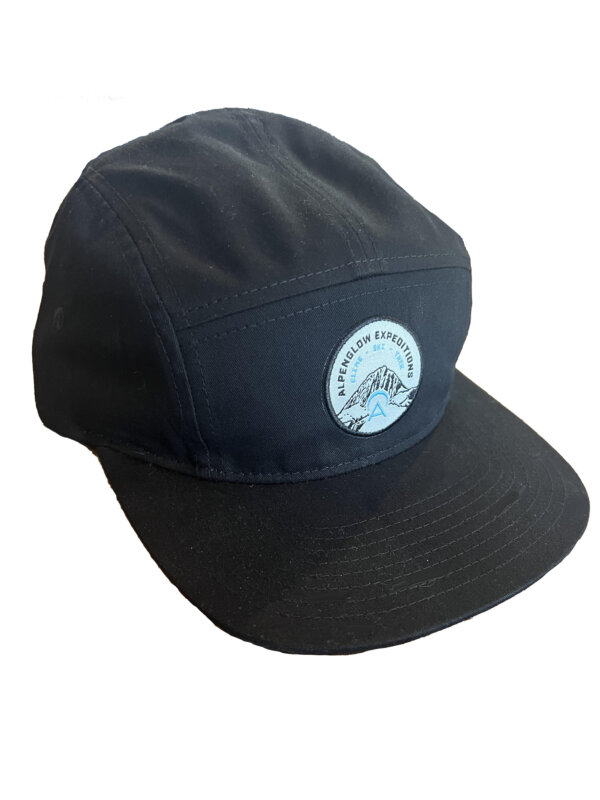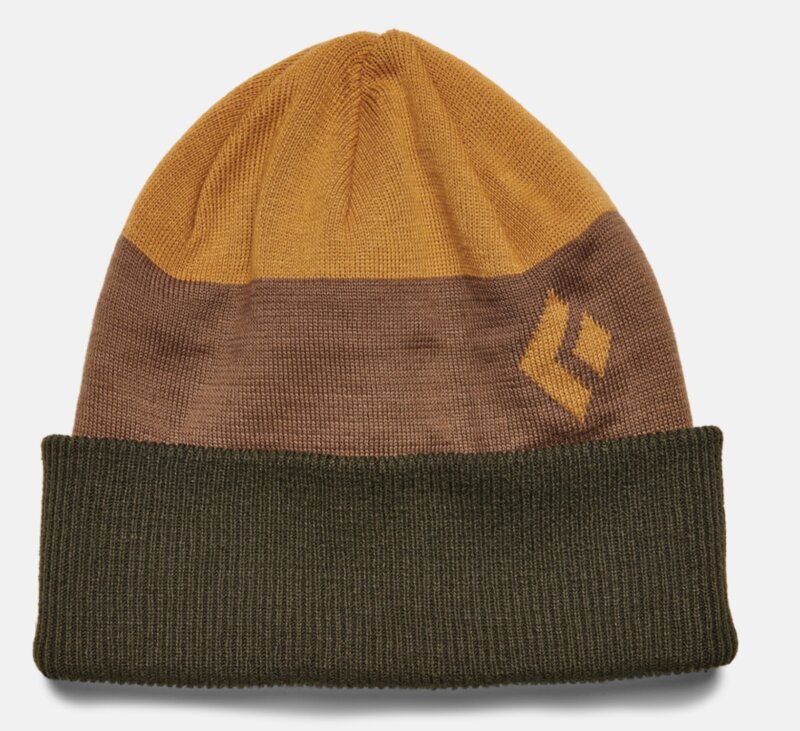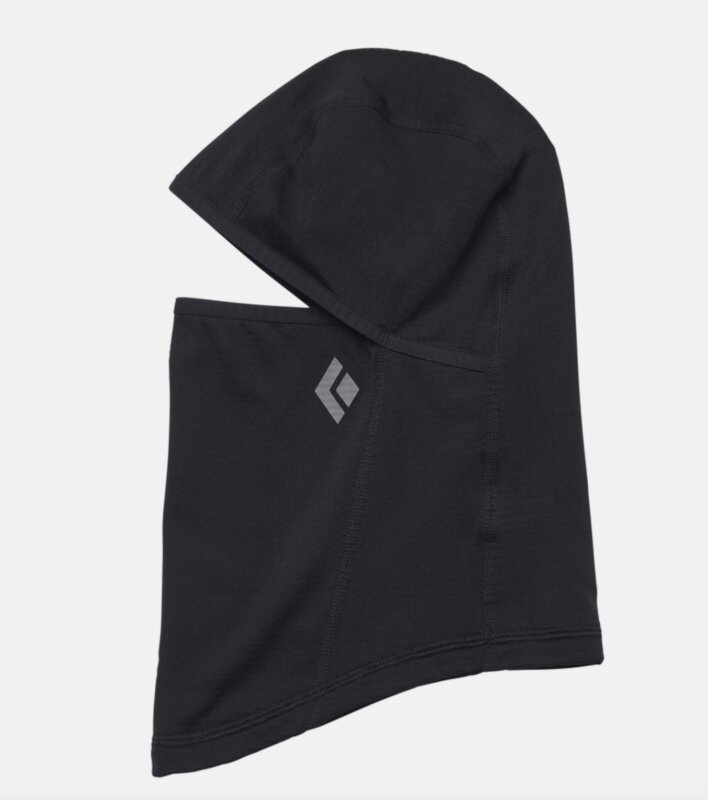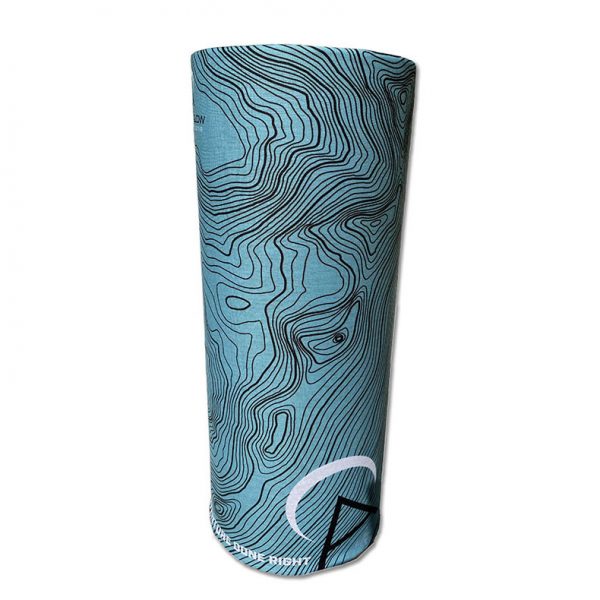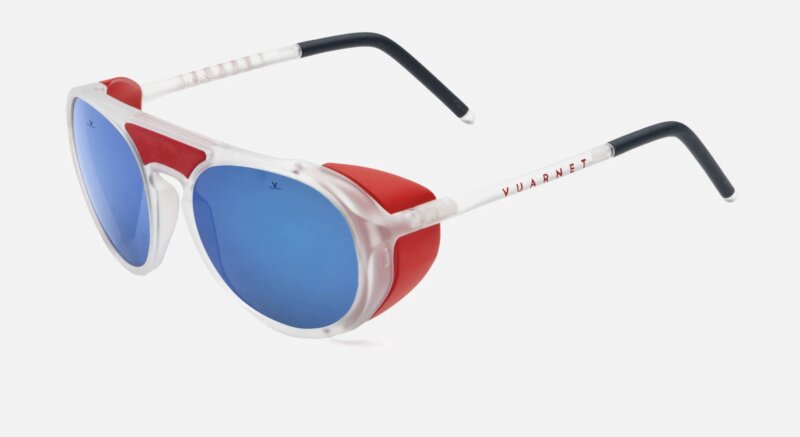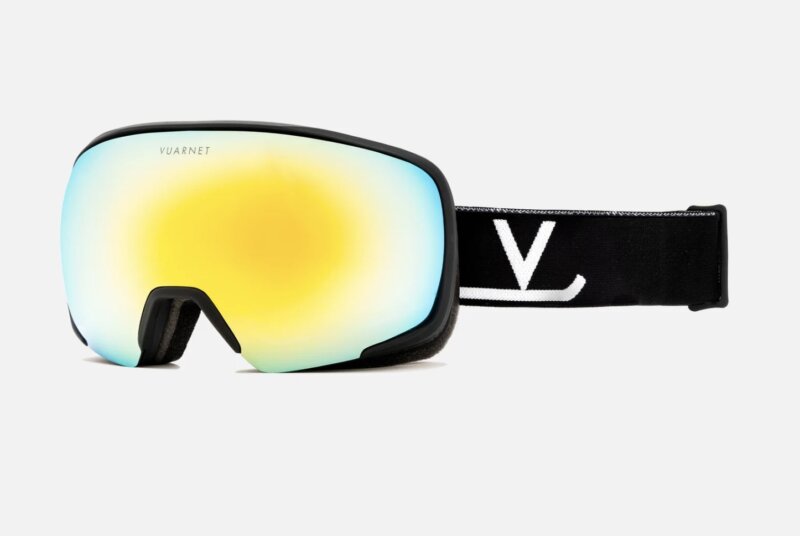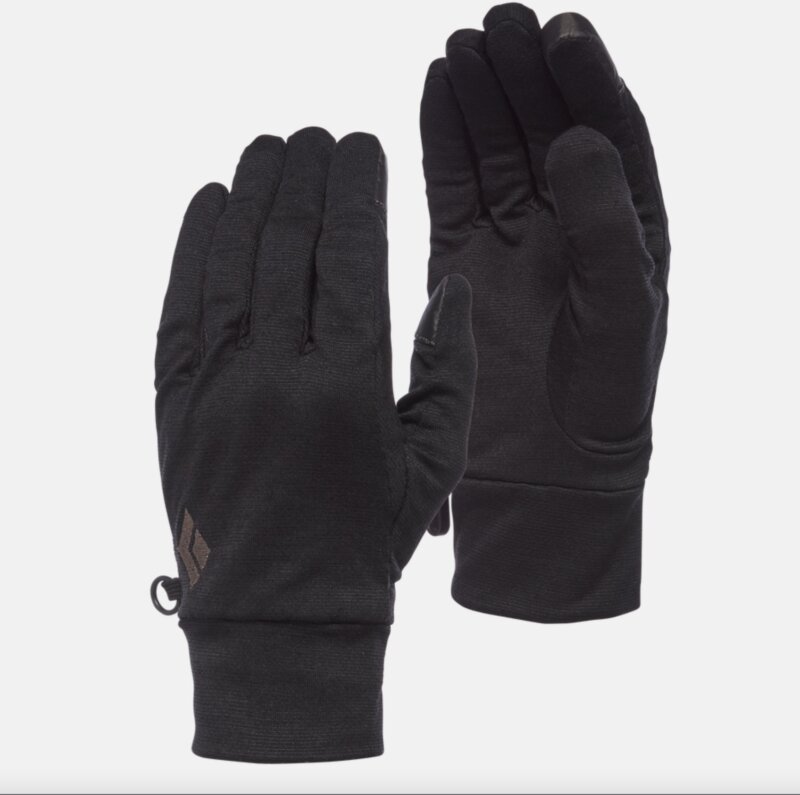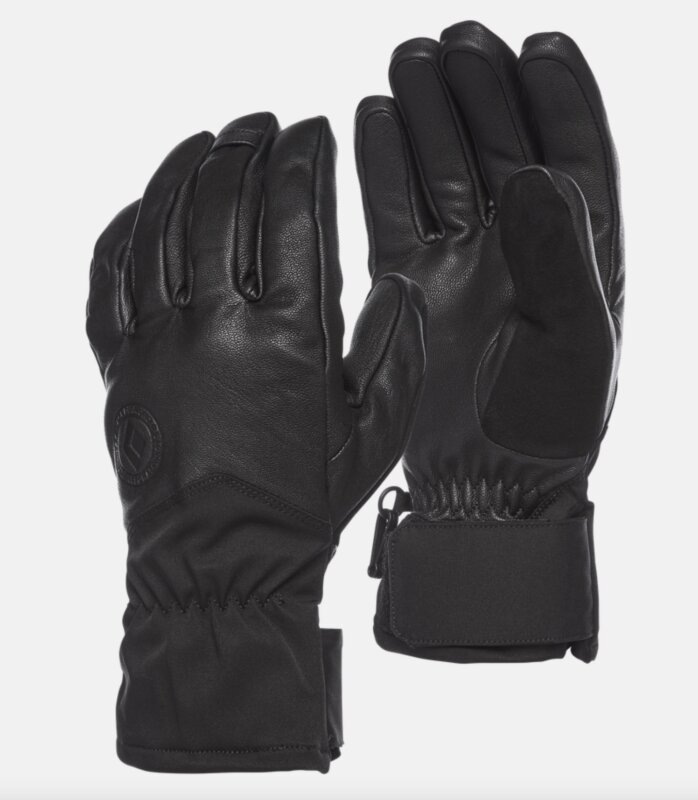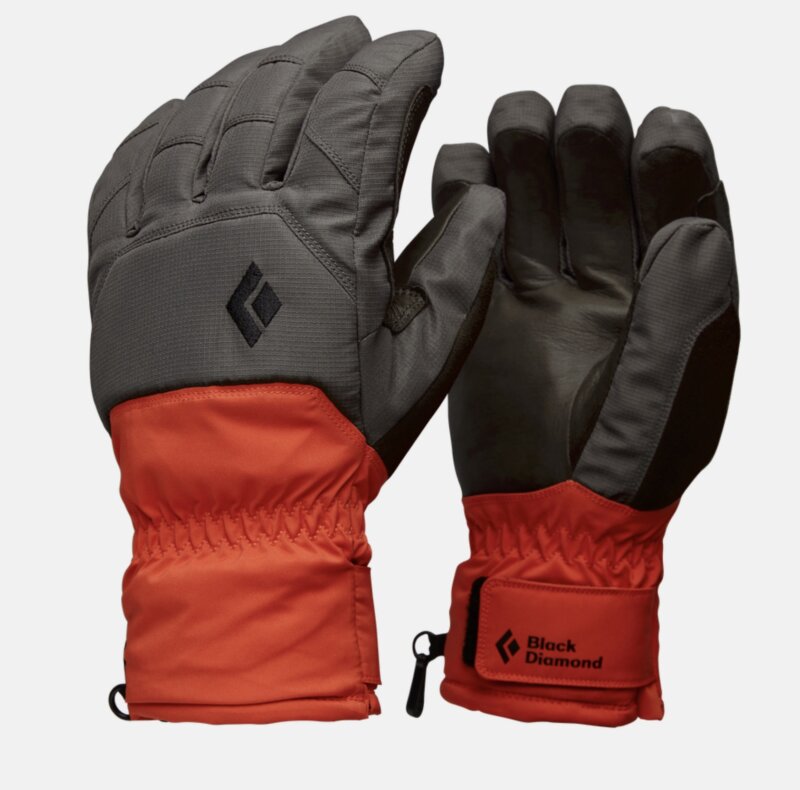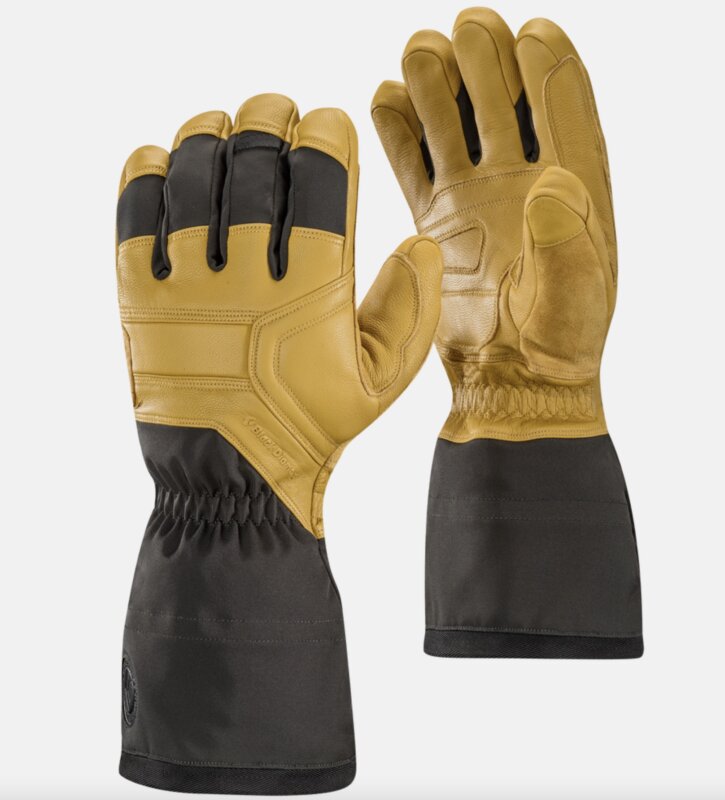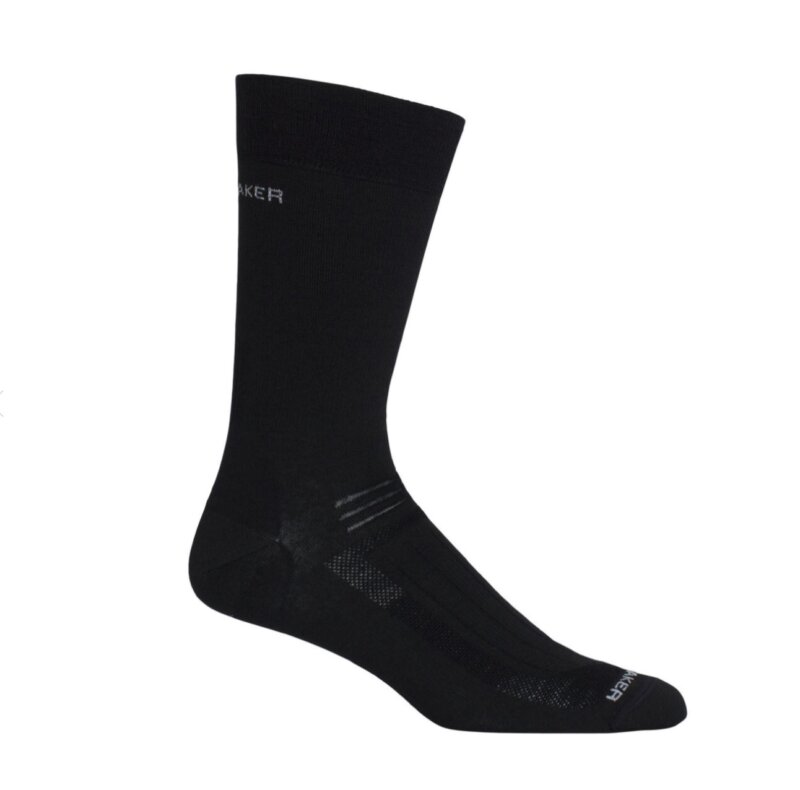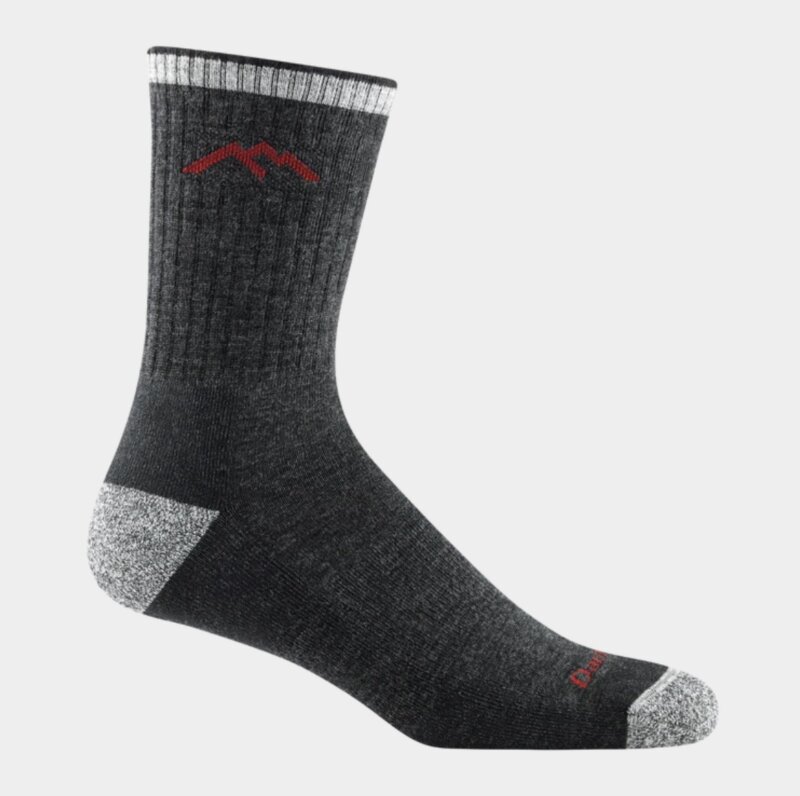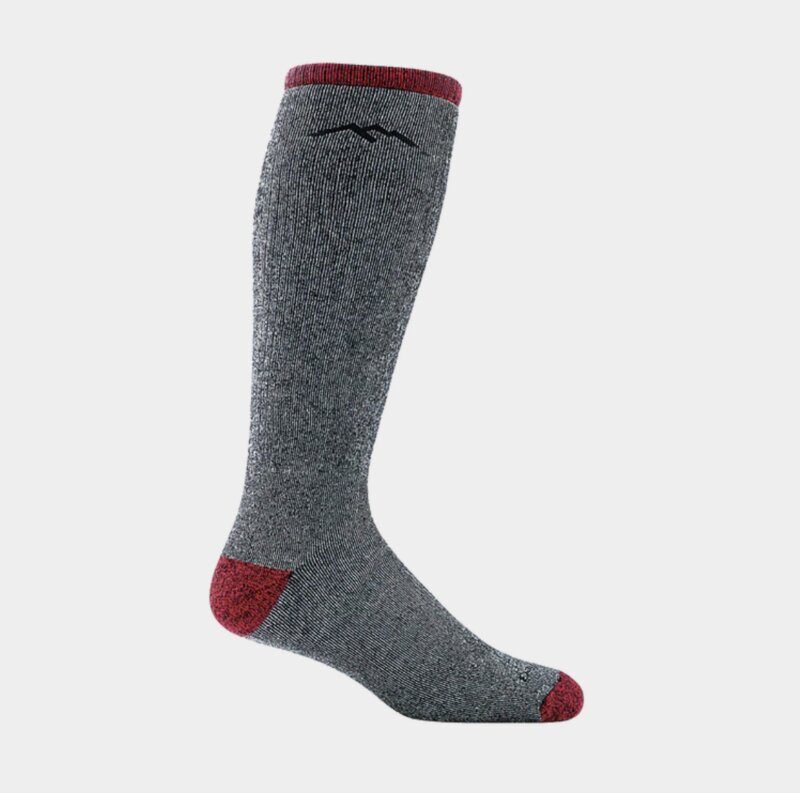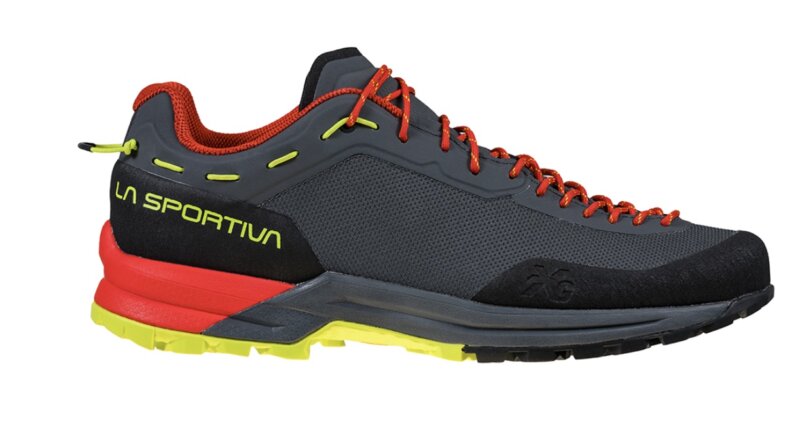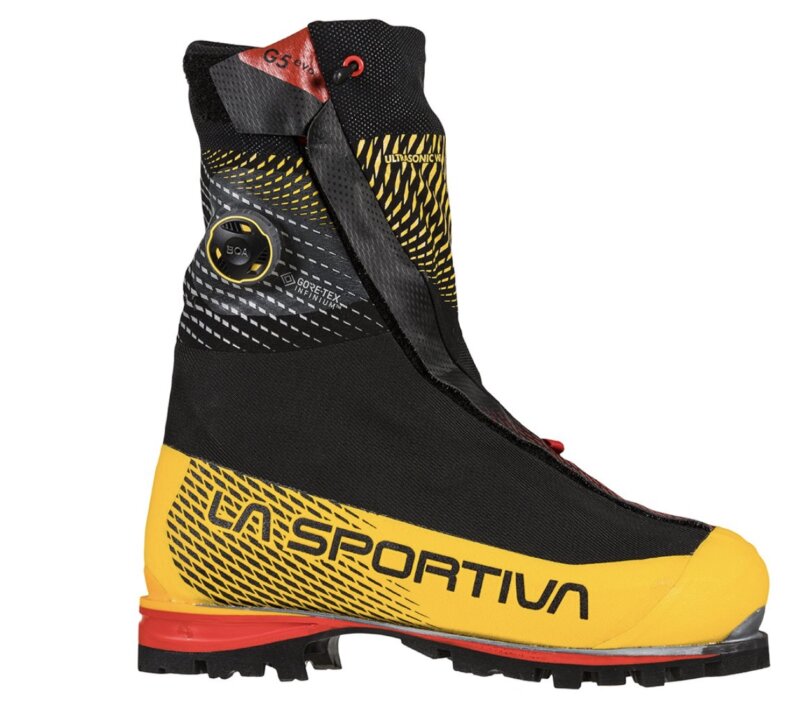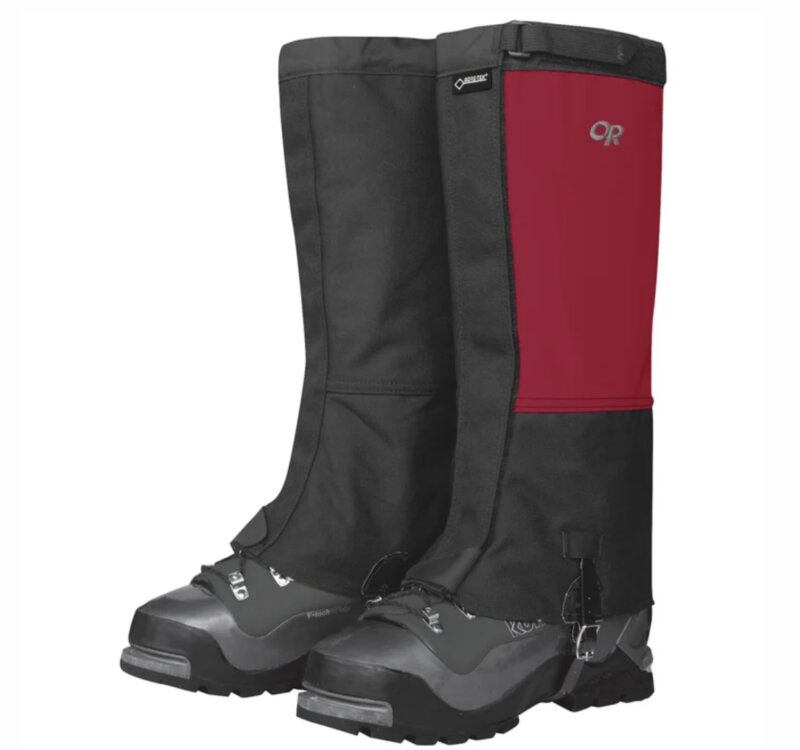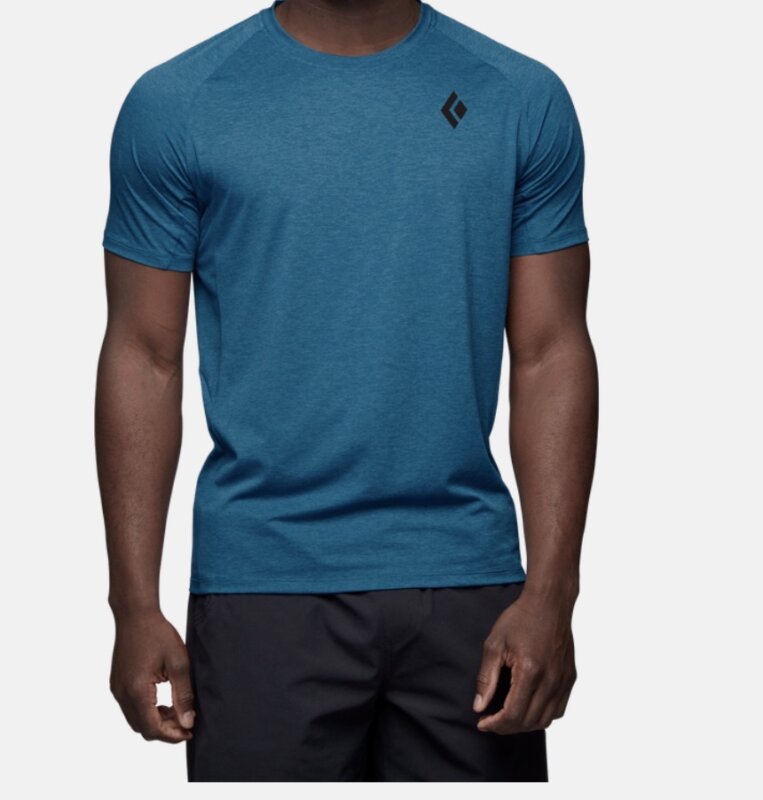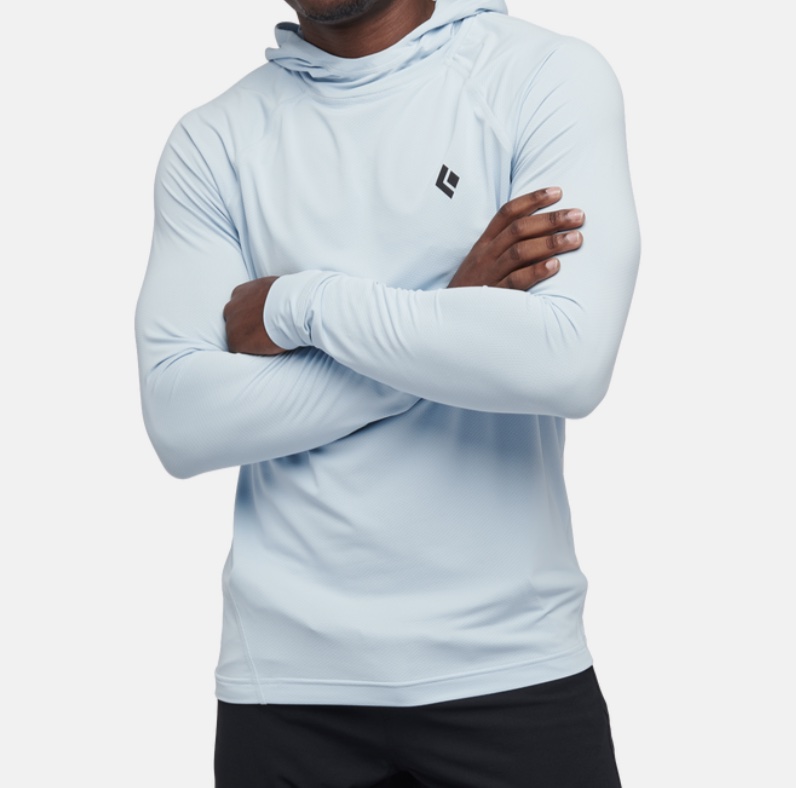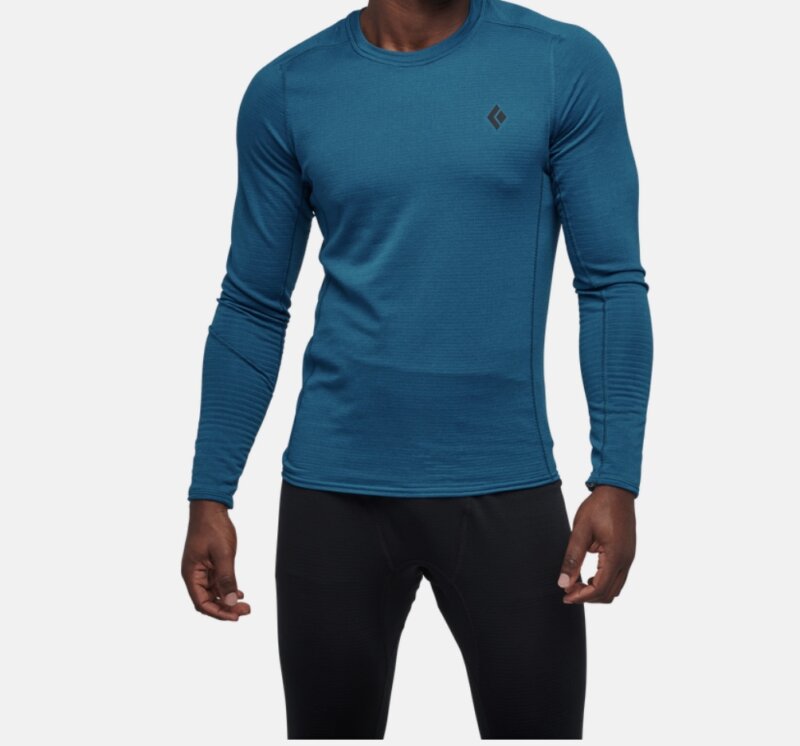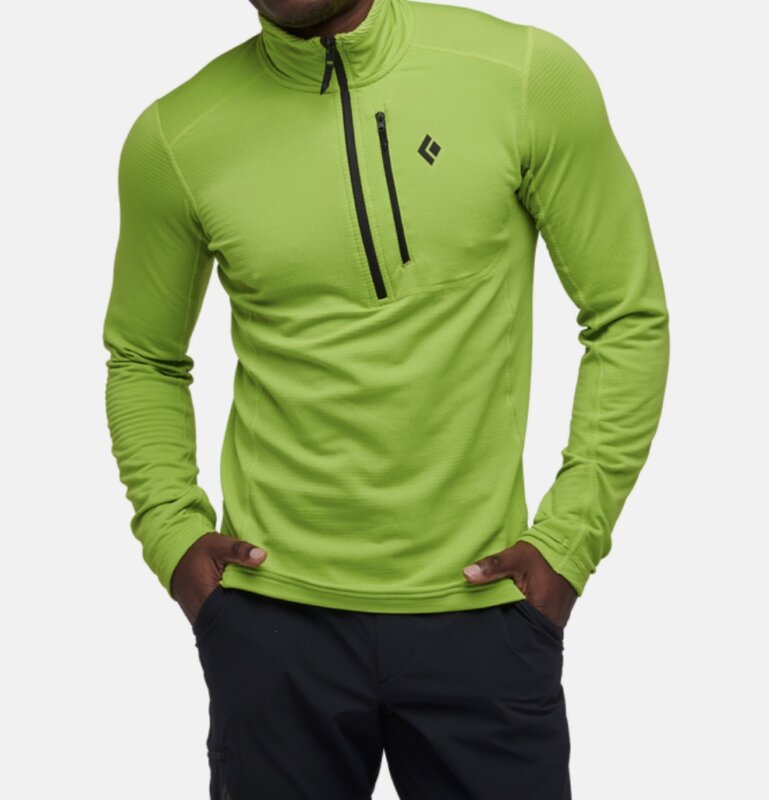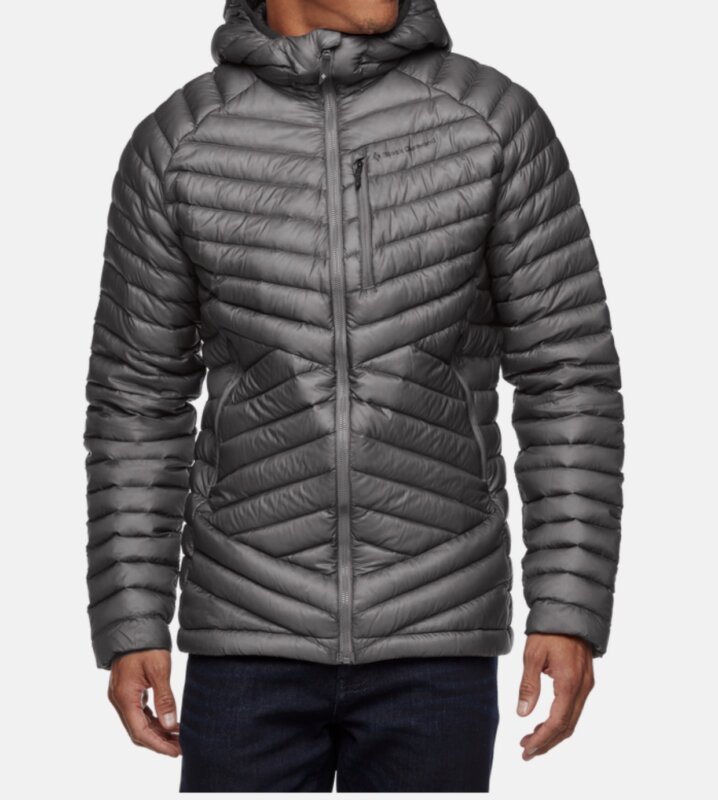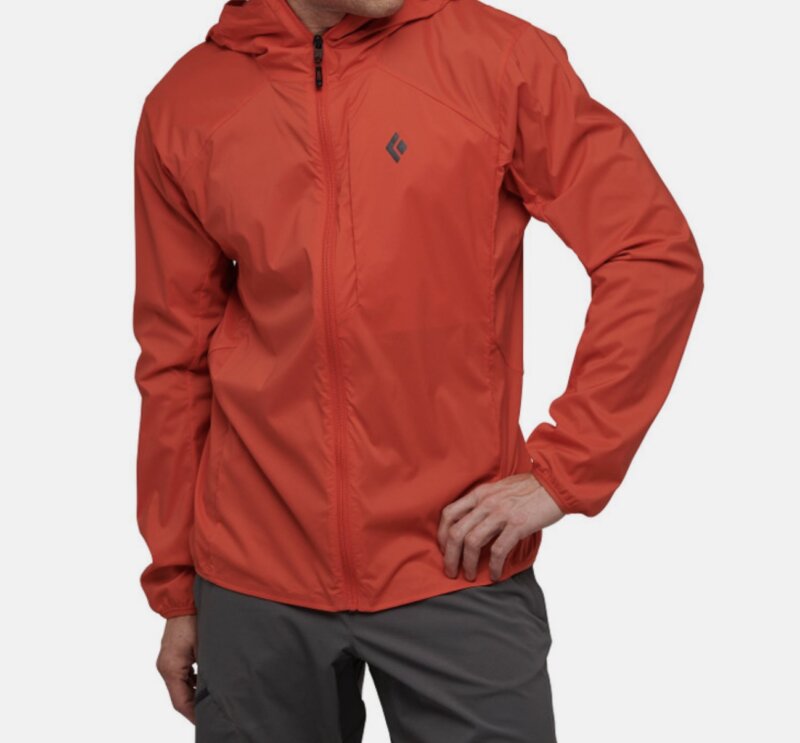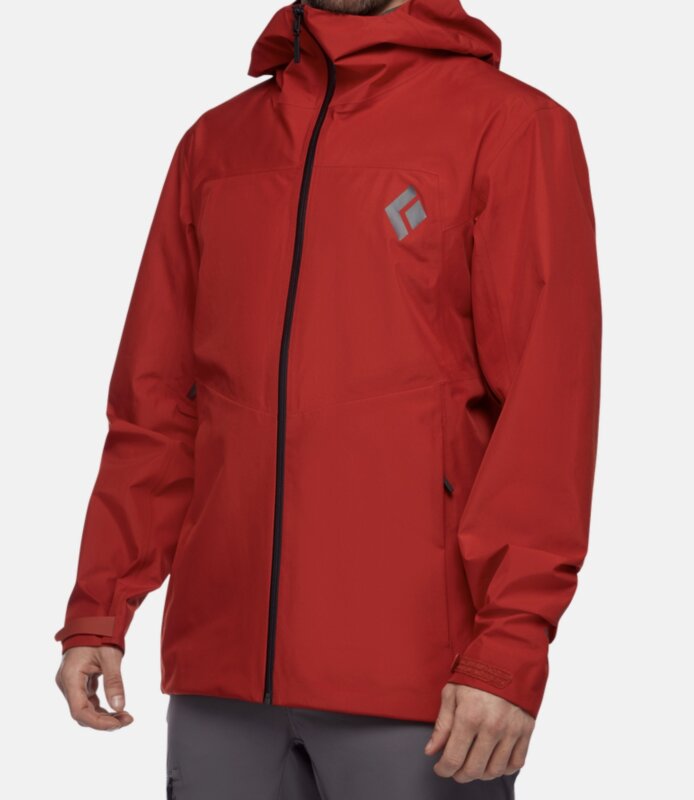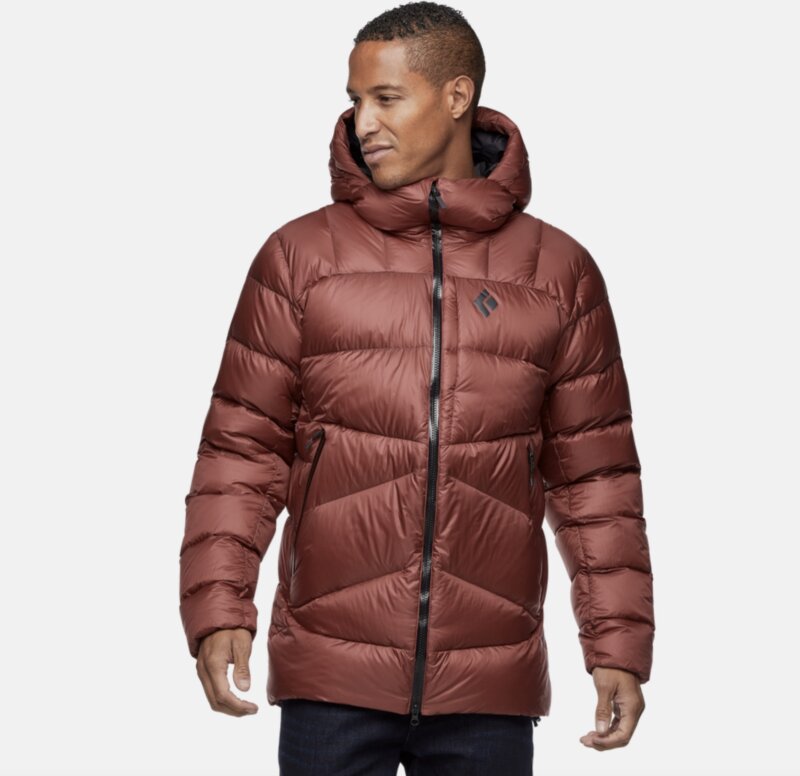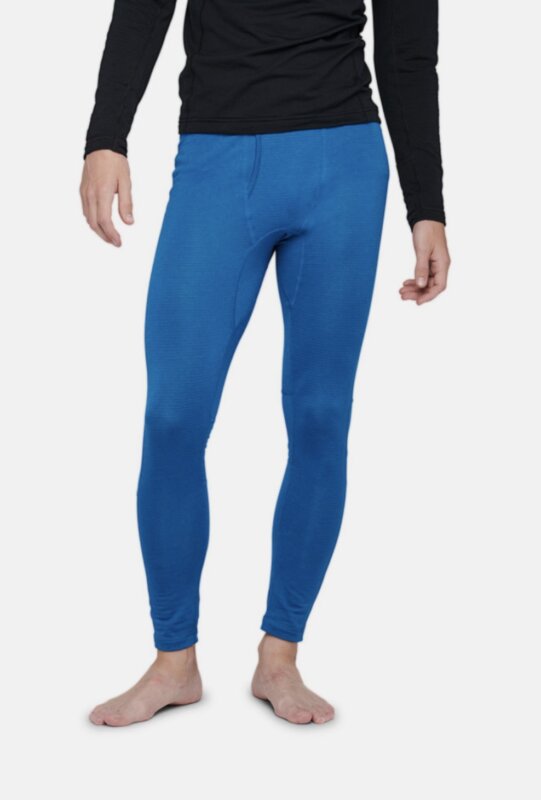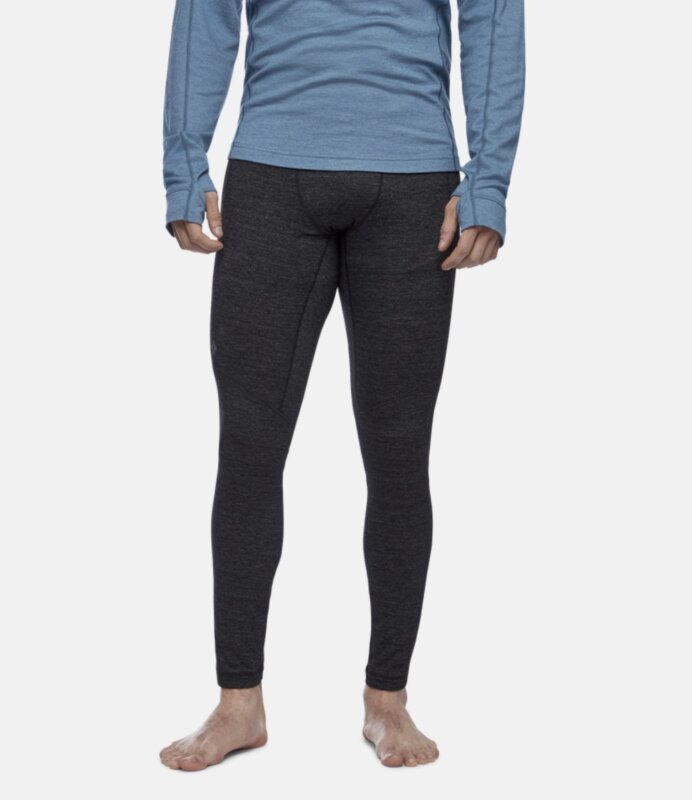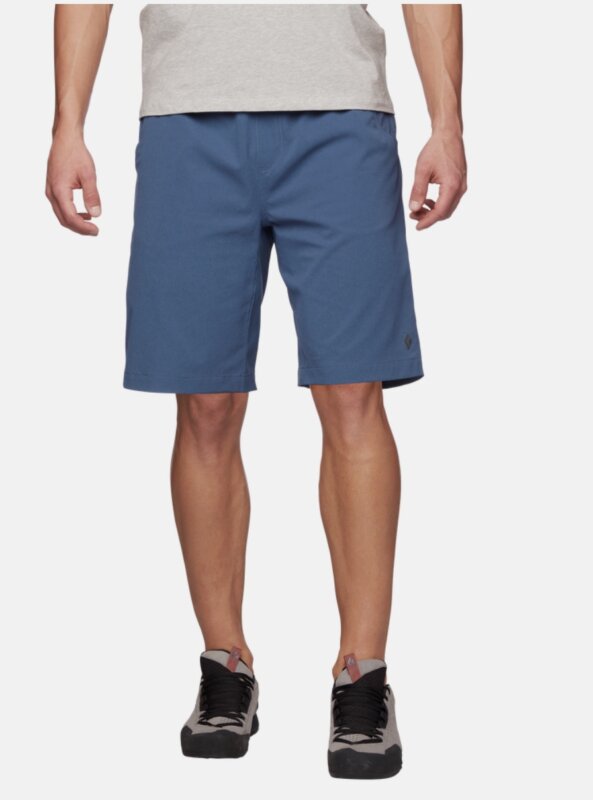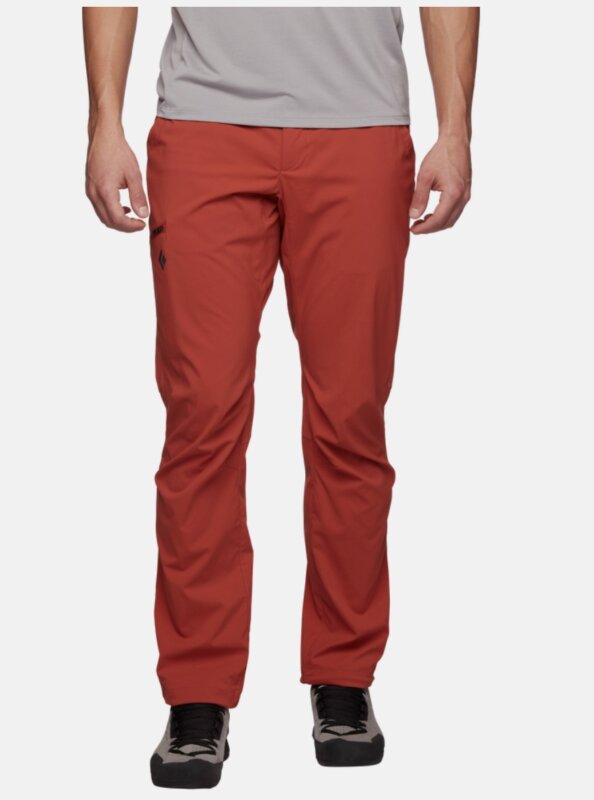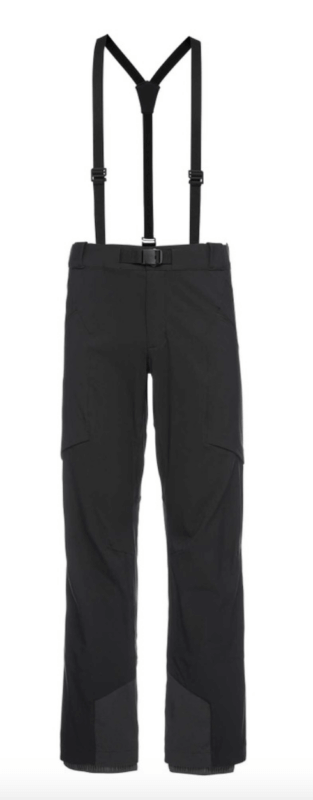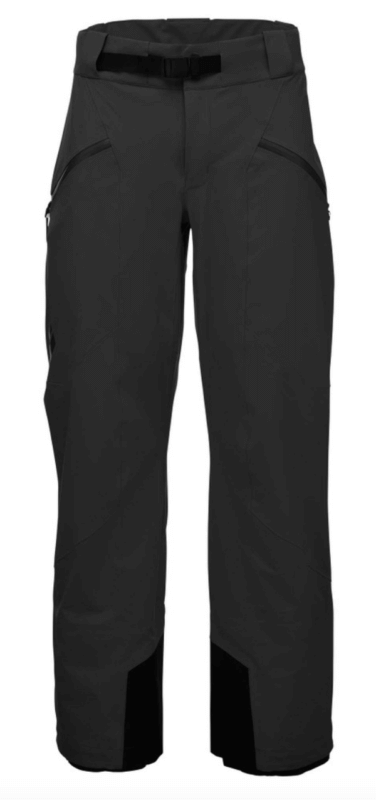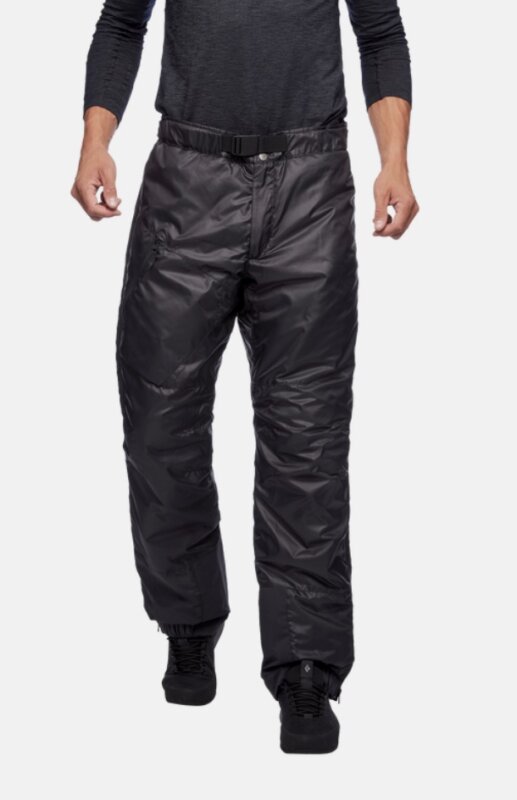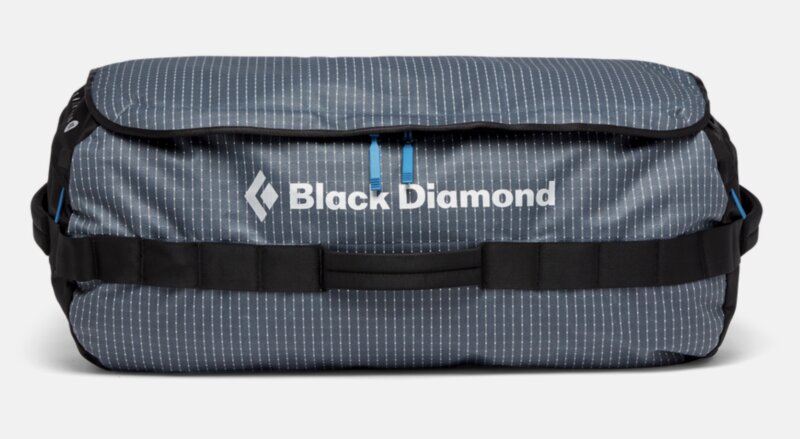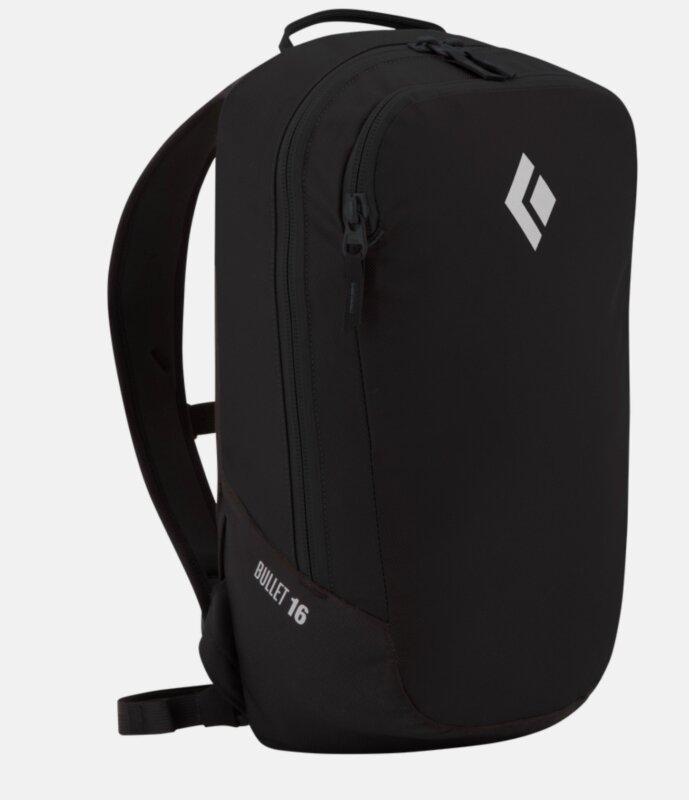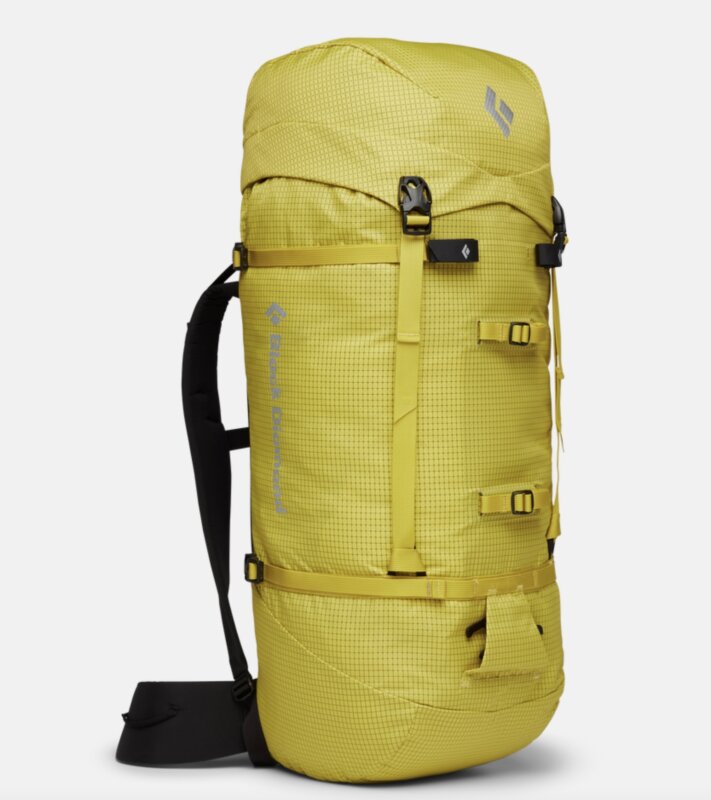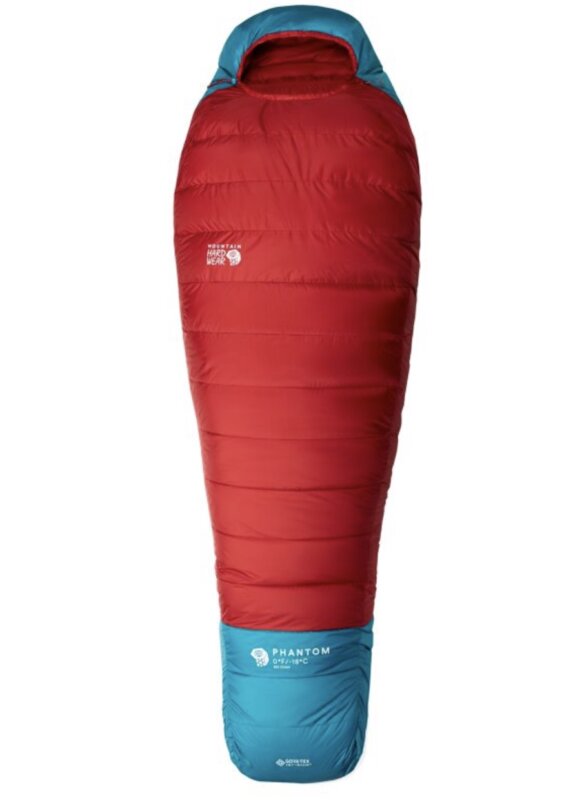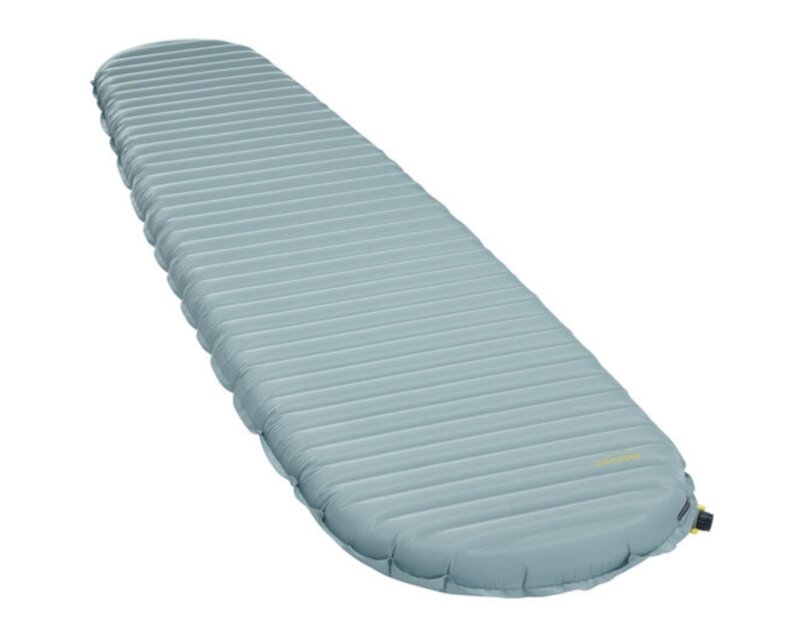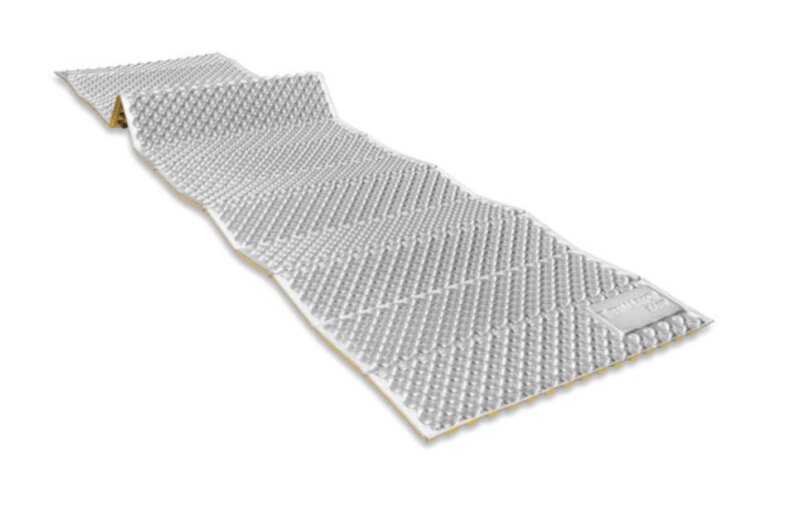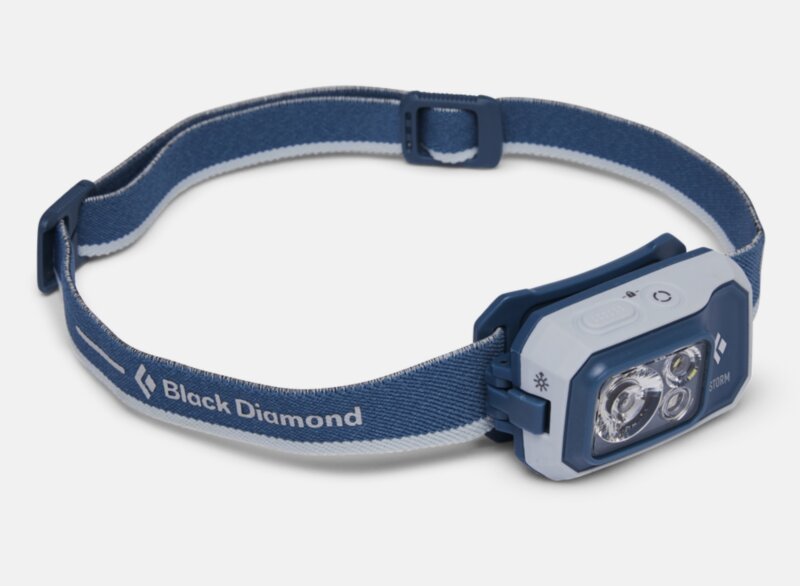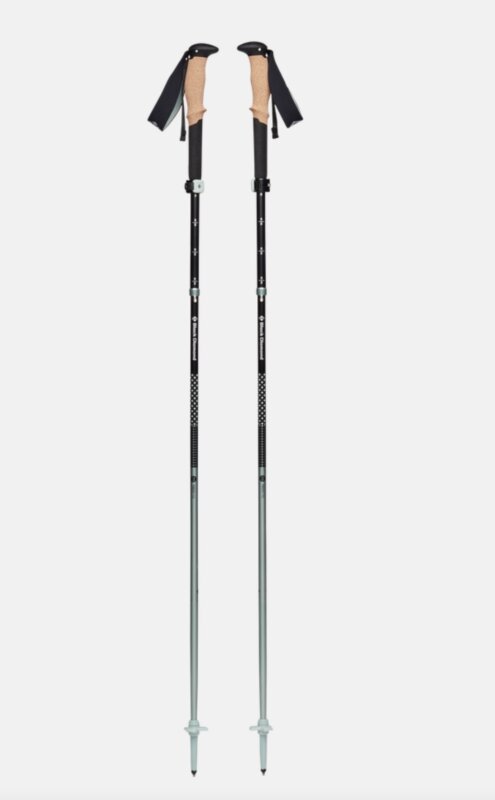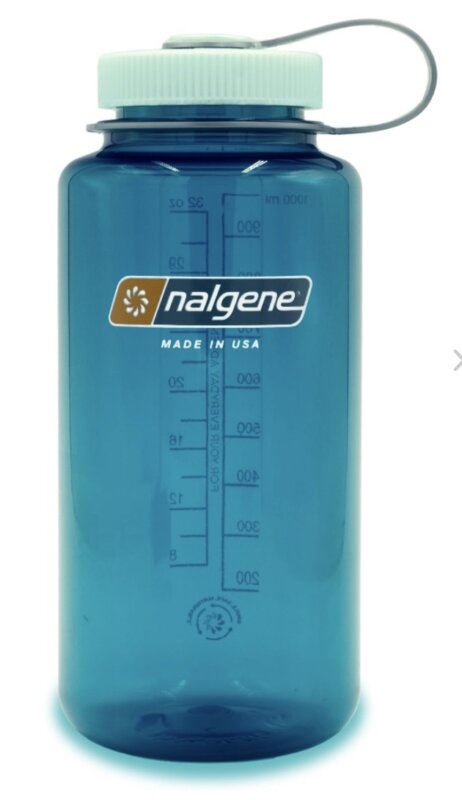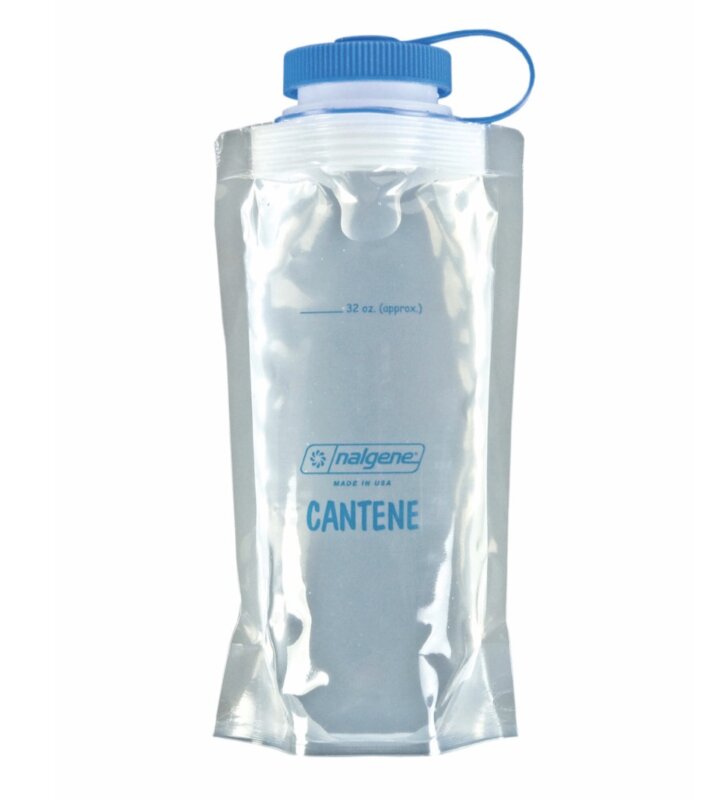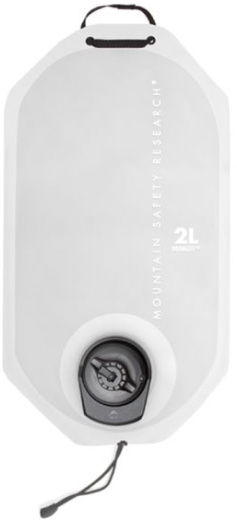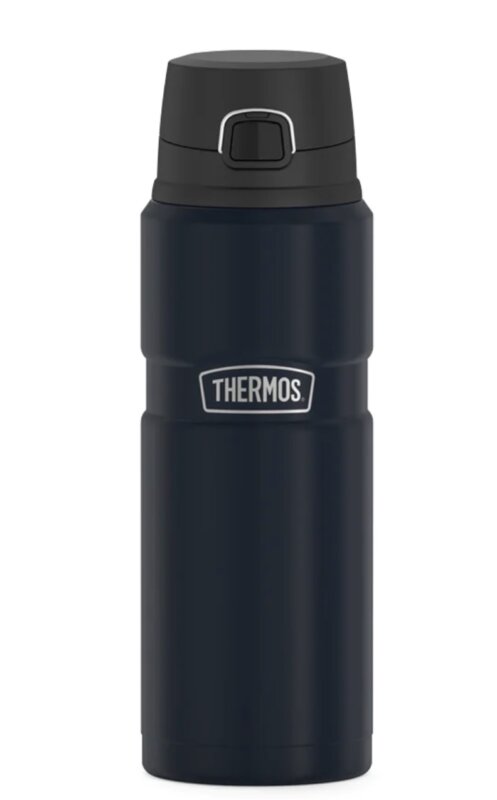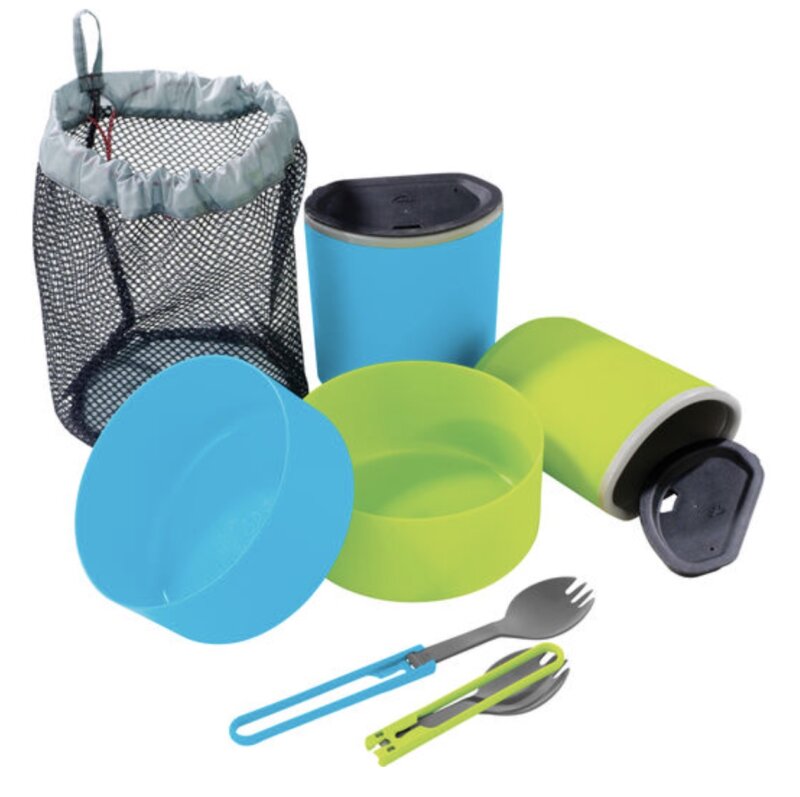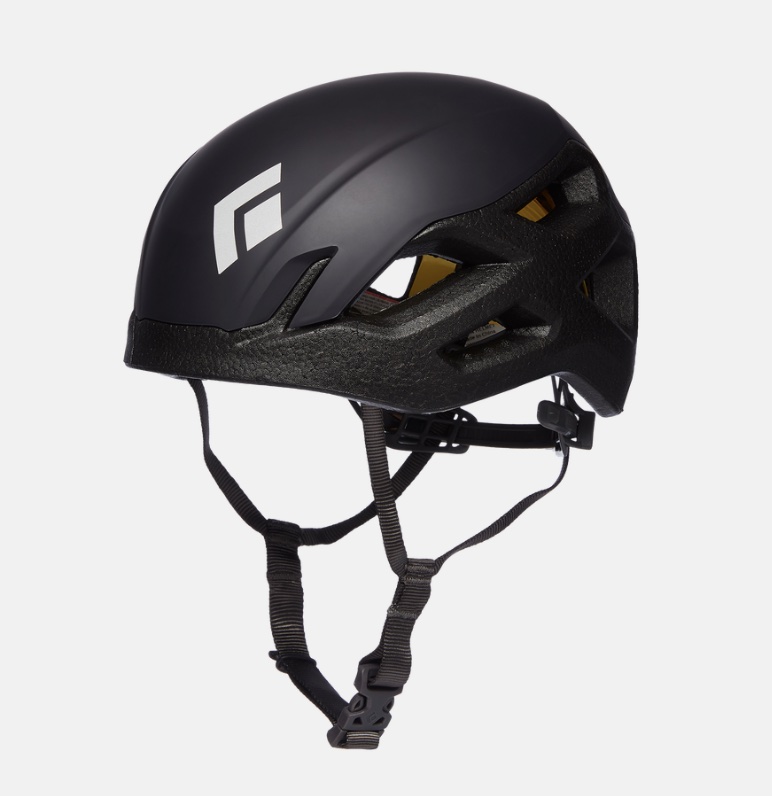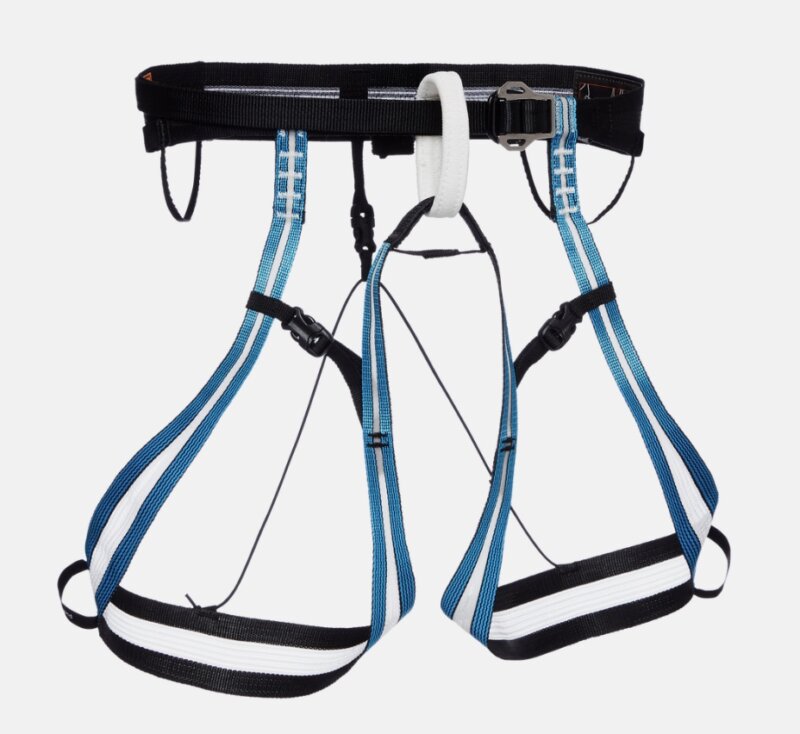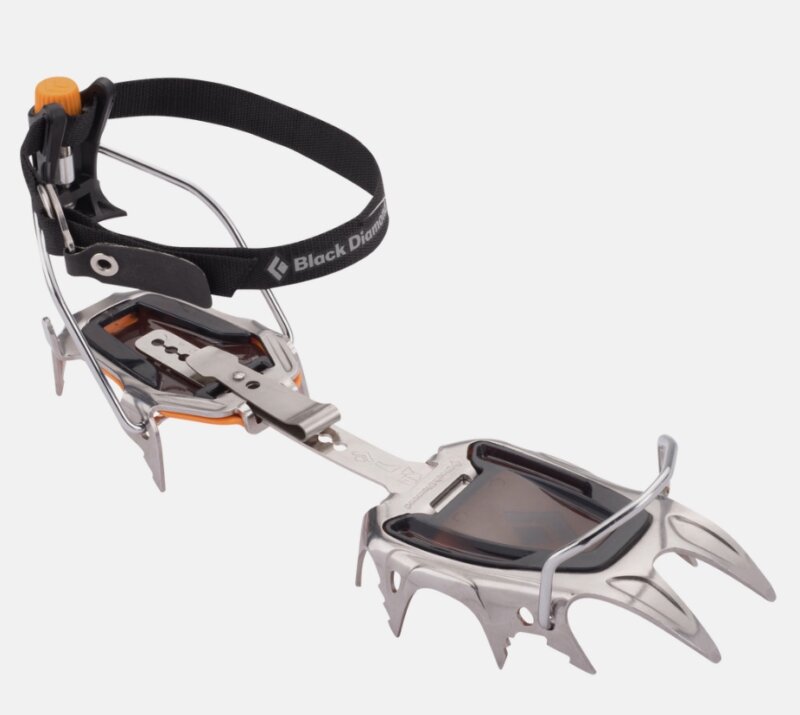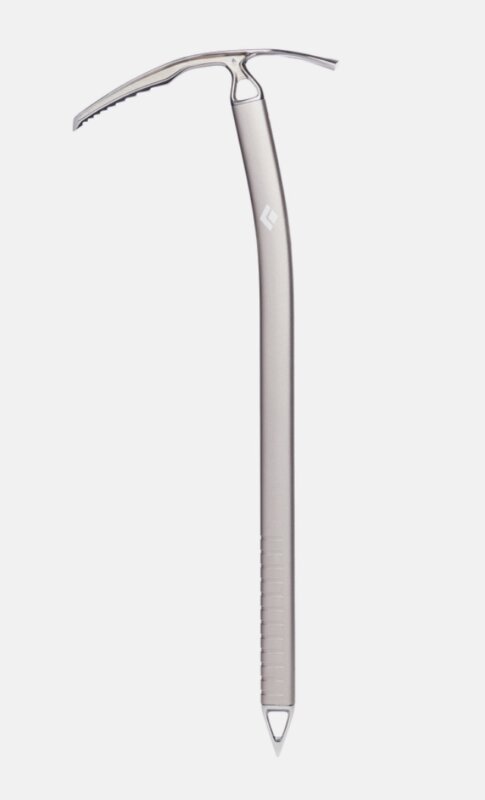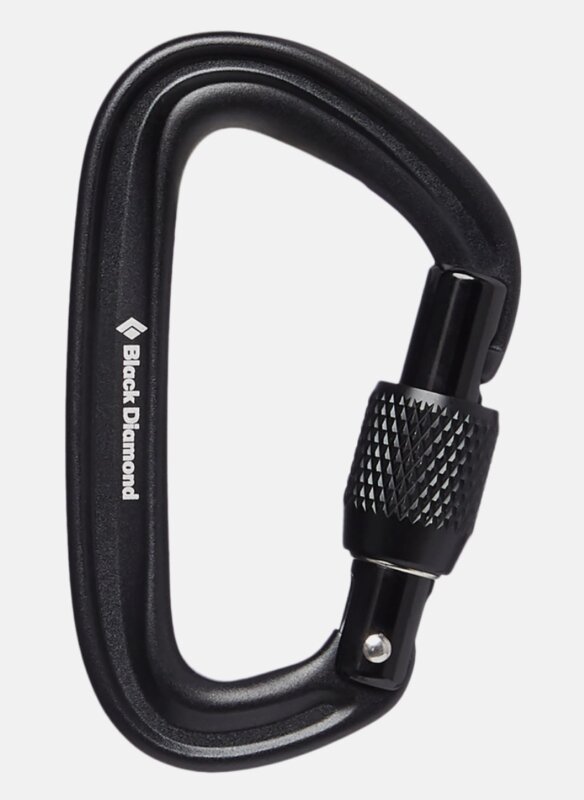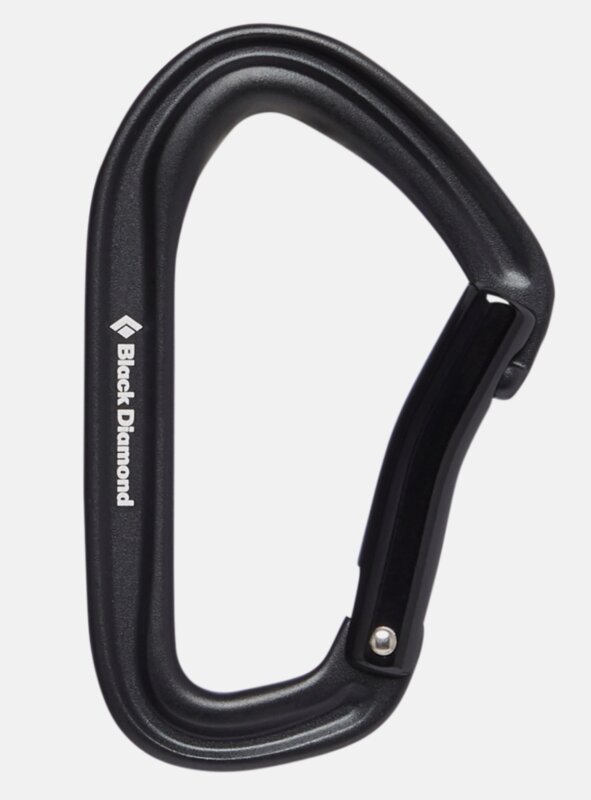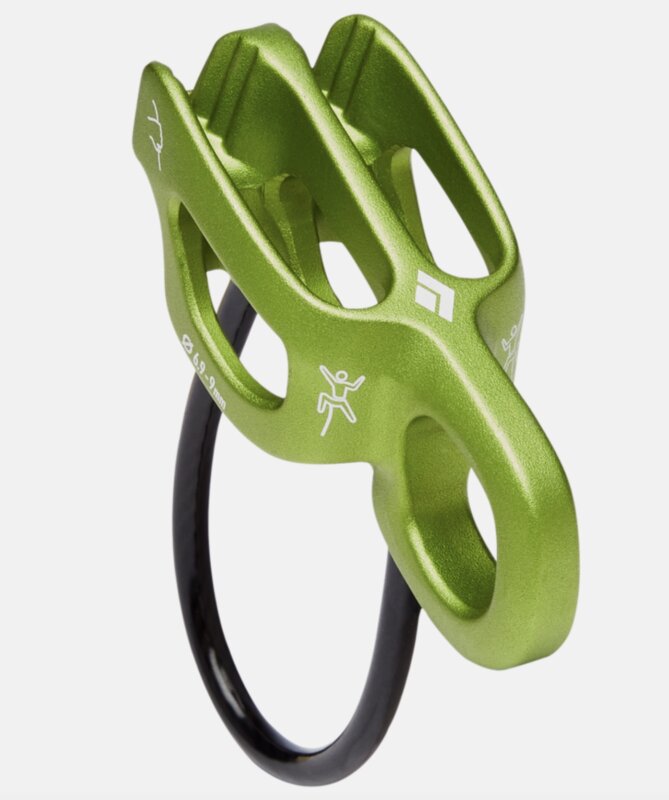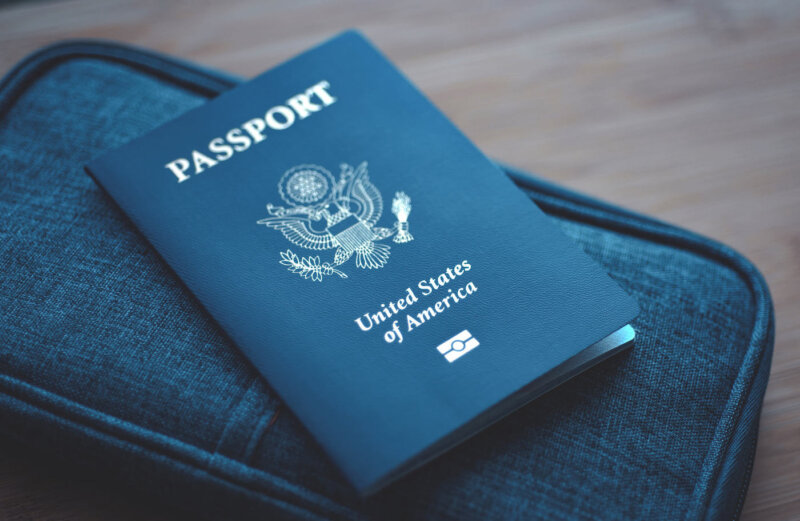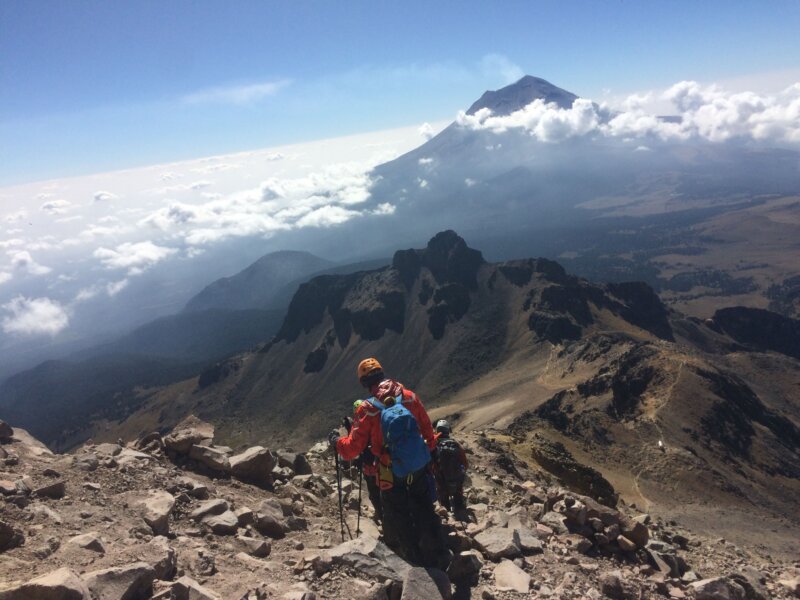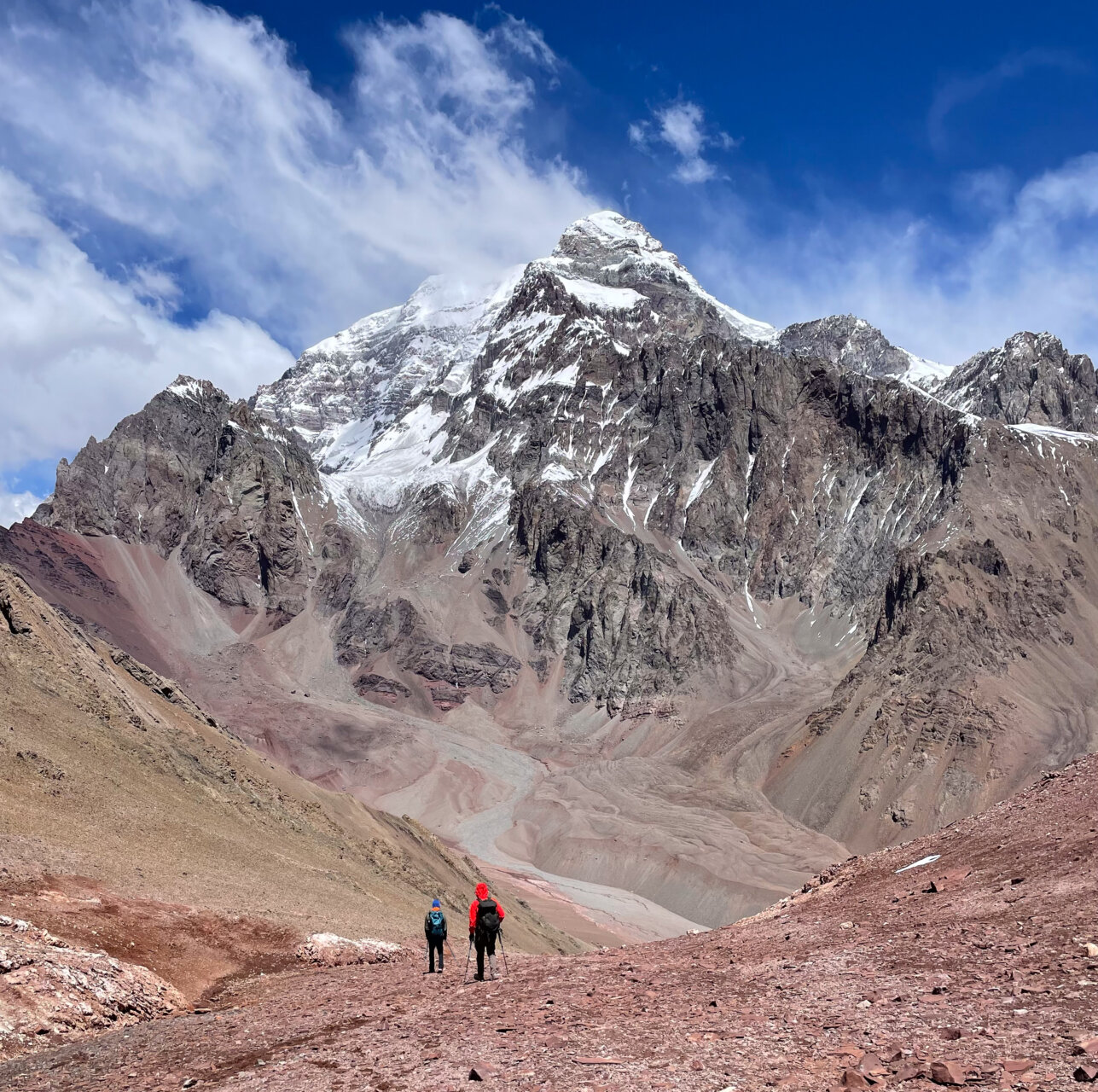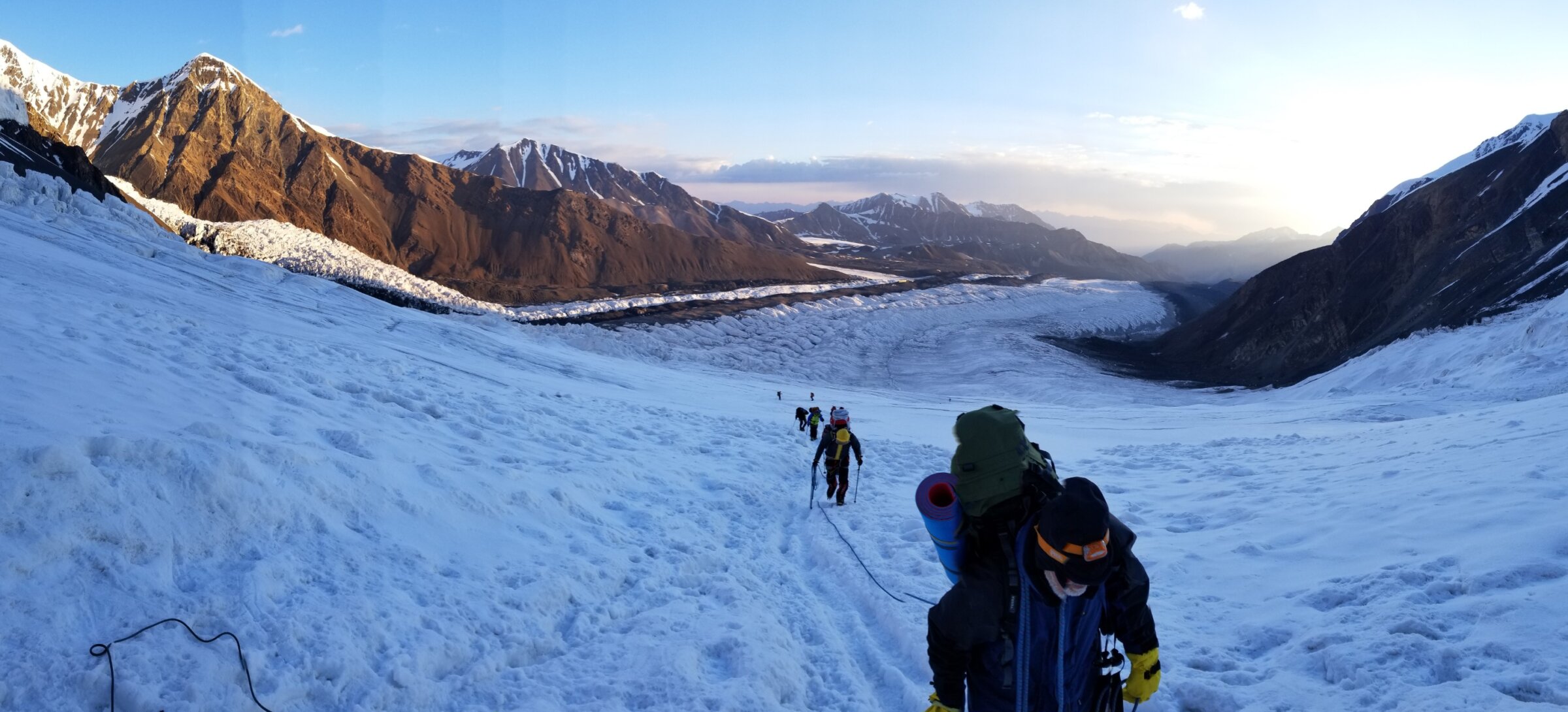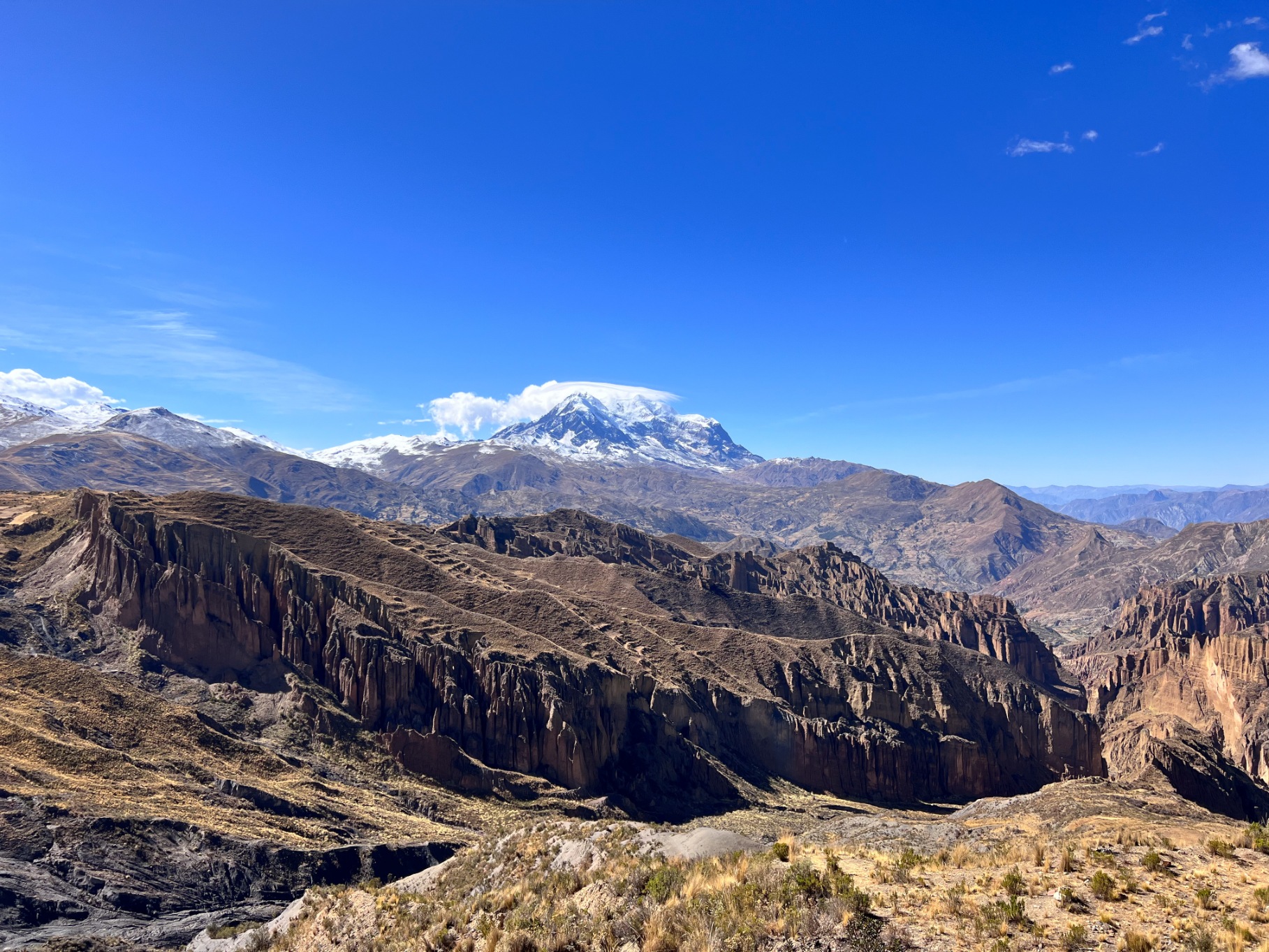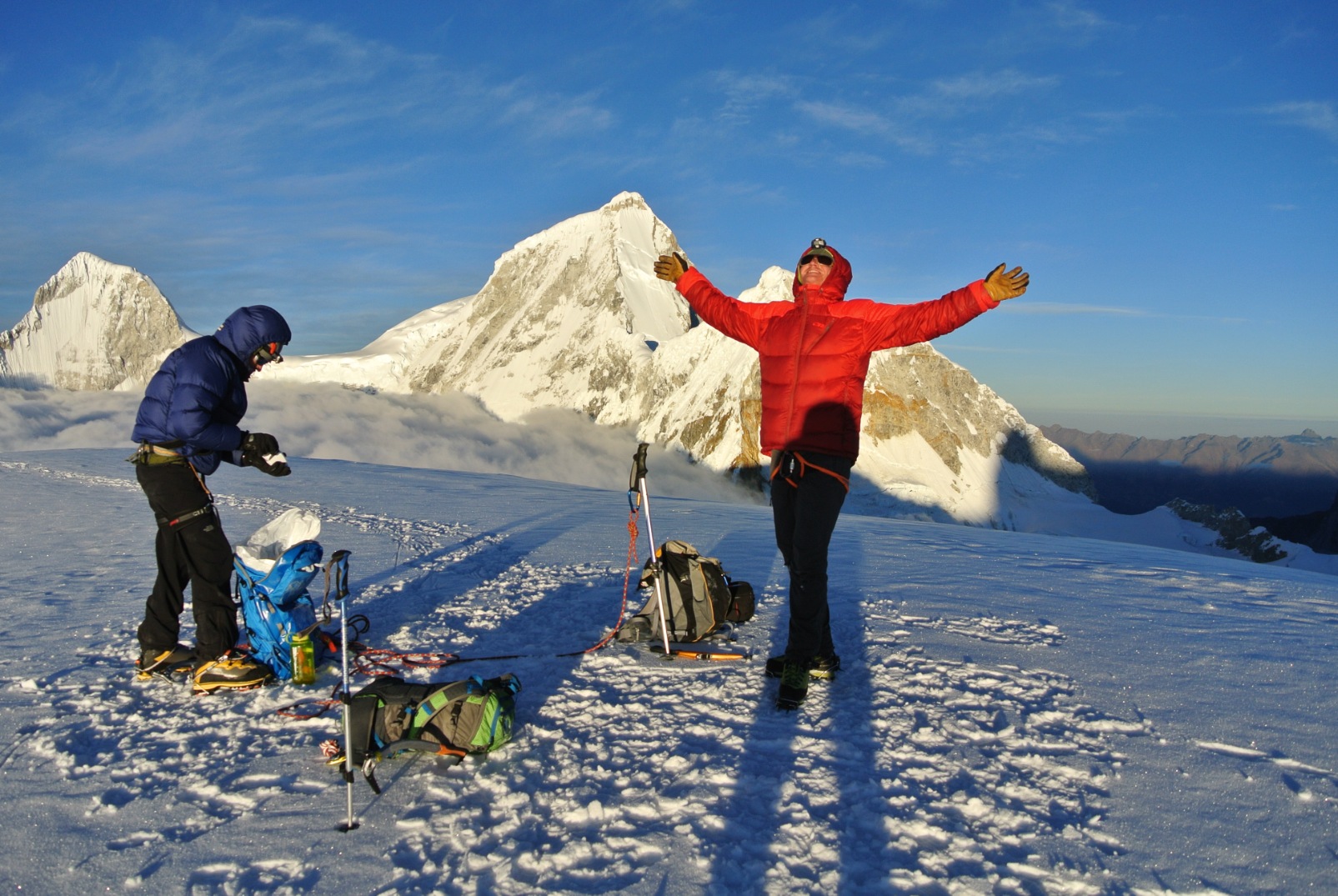Volcanoes Of Mexico
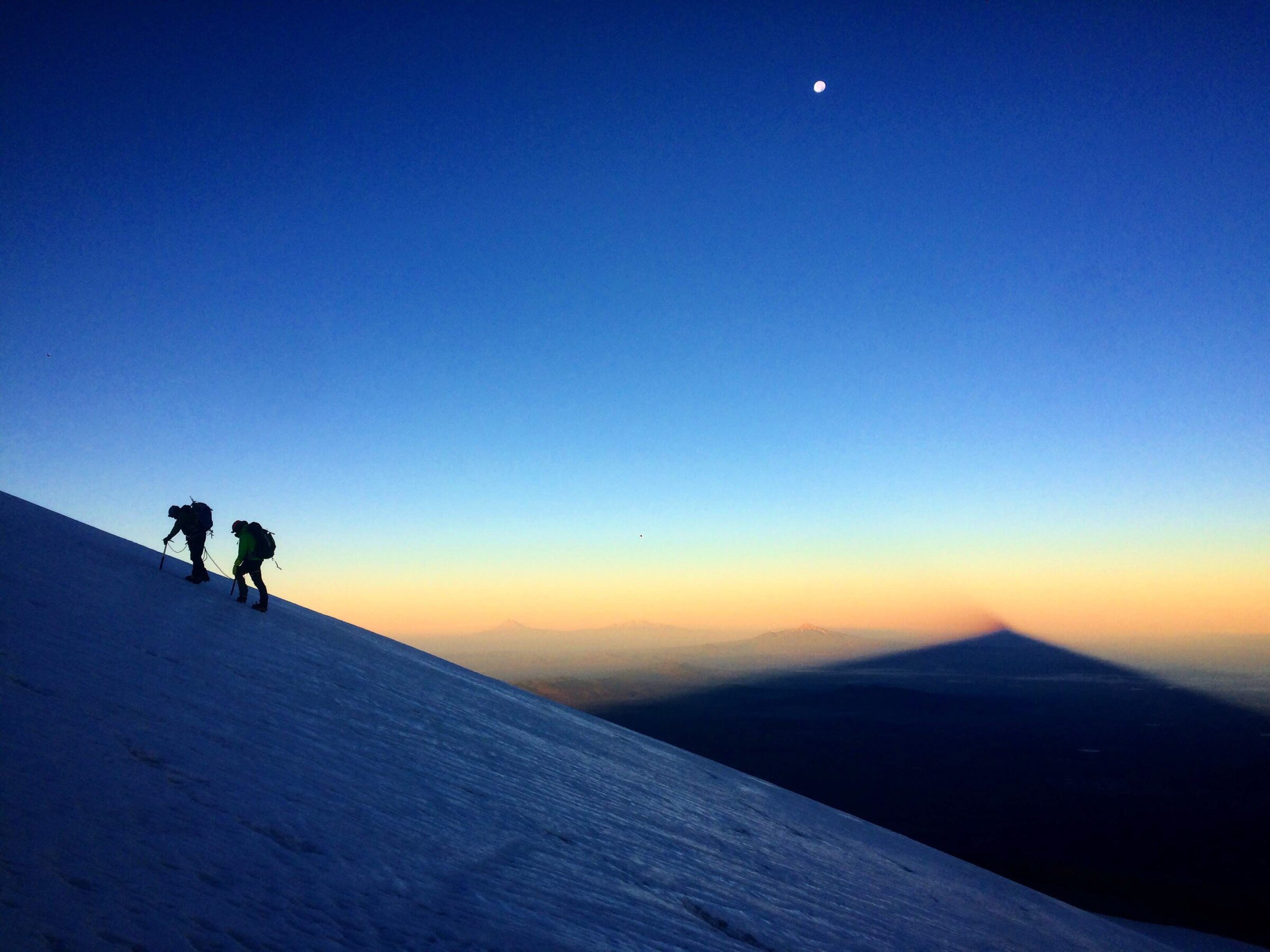
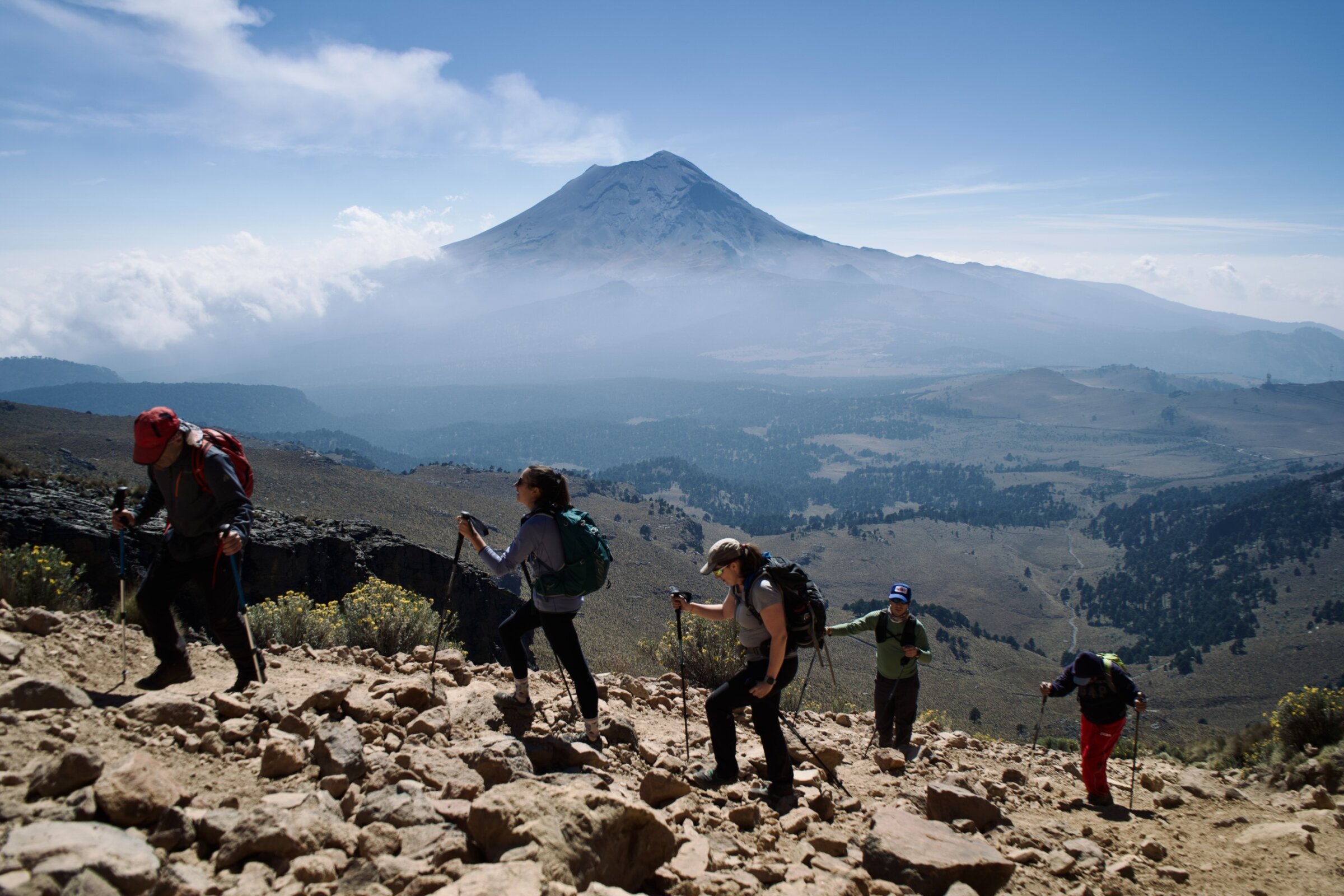
Volcanoes Of Mexico Expedition
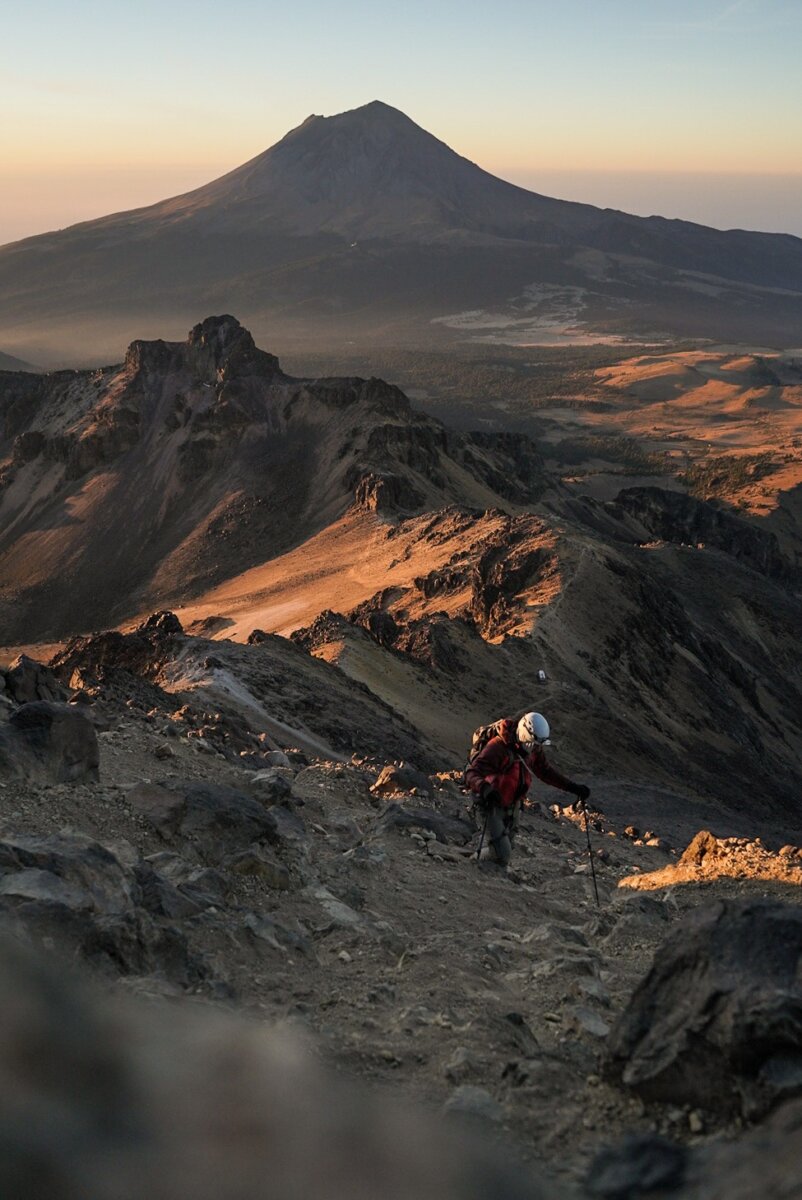

Alpenglow’s Volcanoes of Mexico is perfect for those who want to learn about climbing high-altitude glaciated peaks.
Mexico is one of the only places in the world where we can gain skills and summit peaks in just one week. Climbing the volcanoes of Mexico helps climbers increase their self-sufficiency in the mountains without needing to take off too much time for work.
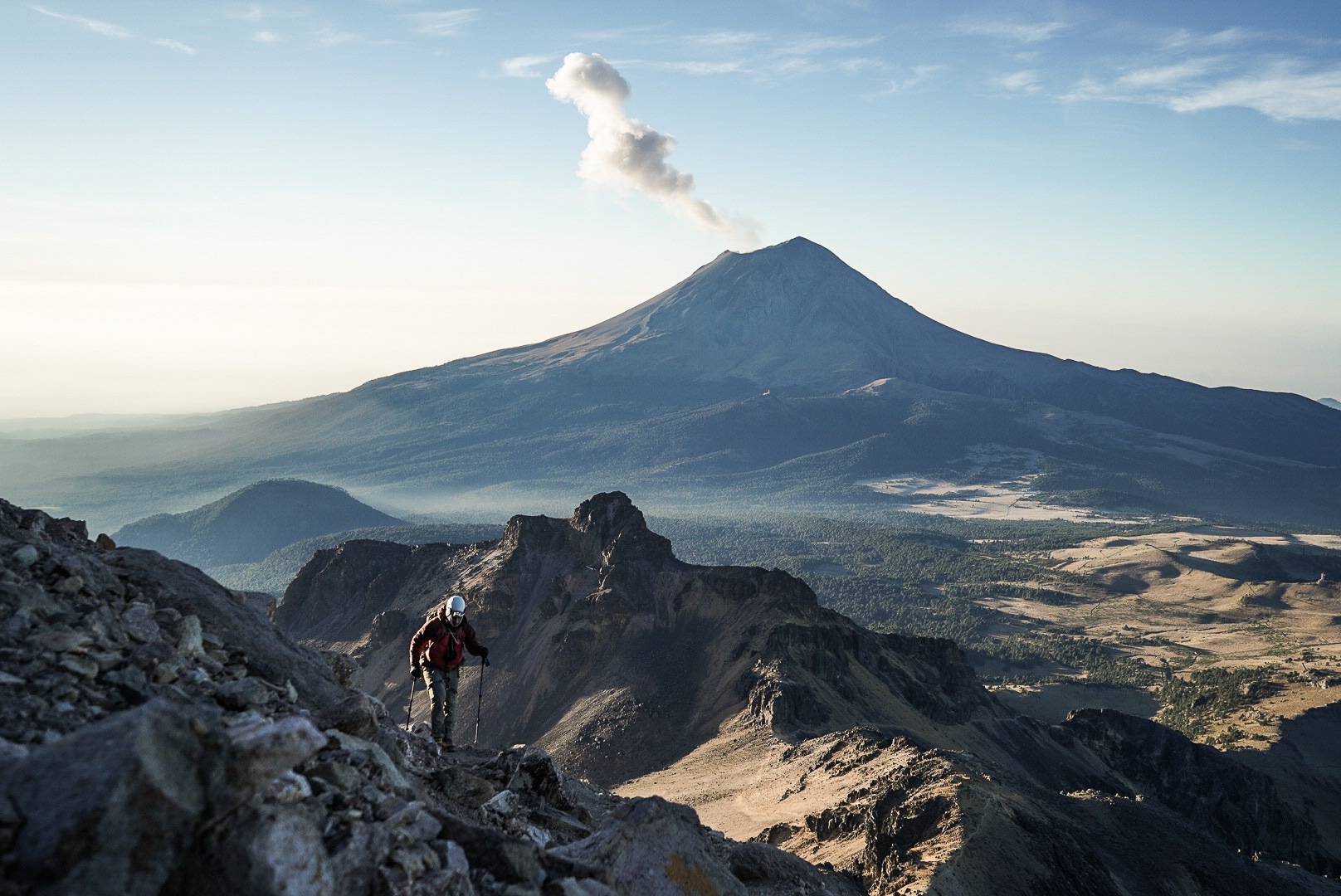
Volcanoes of Mexico Itinerary
- Day 1
- Leave your home for Mexico, arriving into Mexico City by mid-afternoon (7,300 feet/2,225 meters)
Most flights leave in the morning from major US hubs. Your guide will meet you at your airport and you’ll transfer to your hotel. After a quick stop at our hotel, we tour the city’s historic district, taking in the colonial architecture and beginning our process of acclimatization.
- Day 2
- Drive to La Joya on Iztaccihuatl (13,000 feet/3,060 meters)
We travel by 4WD Landcruisers to the town of Amecameca, in the Mexican highlands. This traditional town is famous for its market, and we take time to explore and have lunch before continuing our drive. Camp at La Joya (13,000 feet, 3,060meters) on the flanks of our first objective, Iztaccihuatl.
- Day 3
- Acclimatization hike and skills day
Today we take an acclimatization hike through the incredible pine forests that surround the base of Iztaccihuatl, our first mountaineering objective. We also spend time today going over roped glacier travel, and familiarizing ourselves with crampons and axes.
- Day 4
- Move to high camp on Izta (15,000 feet/4,572 meters)
Today we move to a high camp at around 15,000 feet. Our packs will be heavy and the air thin, so we will move slowly, taking plenty of time to appreciate the incredible views as we climb out of the forests into the high alpine region of the mountain, all the while, continuing to practice our mountain travel skills.
- Day 5
- Summit day on Iztaccihuatl (17,160 feet/ 5,230 meters)
Wake up around 3 am for our summit push. After a quick breakfast and hot drink we begin our climb, up steep moraines to the edge of the glacier. After roping up and putting on crampons, we continue up the glacier, navigating occasional crevasses before it steepens into a final summit couloir. A final push puts us on top, where we have incredible views of all of the Mexican highlands. A long descent and quick drive will get us to much deserved showers, beds, and a celebration dinner in Amecameca (8,140 feet/2,489 meters).
- Day 6
- Drive to Puebla (7,000 feet/2,134 meters)
After a relaxing morning and big breakfast, we leave our hotel for the village of Puebla. The drive is incredible and gives us a good sense of the people of the highlands and how they live. Puebla sits at 7,000 feet (2,134 meters), and is a great place to recover fully in preparation for Orizaba. It is also the place to buy souvenirs for everyone at home!
- Day 7
- Drive from Puebla to camp near the Piedra Grande hut* (14,000 feet/4,267 meters)
On the flanks of Orizaba, a camp near the Piedra Grande Hut serves as our home base for our final climb. We eat an early dinner, discuss our impending climb, organize our summit packs, and get to bed. *Unfortunately the Piedra Grande is in a state of disrepair. We’ve made the decision to camp to increase our comfort before summit day.
- Day 8
- Summit day on Orizaba (18,491 feet/ 5,636 meters)
Today is the day where your fitness training at home, your climb of Ixta, and your new skills really pay off. We wake soon after midnight and begin our climb to Orizaba’s summit. Moderate glacier climbing takes us around a rock band and over crevassed terrain before reaching the crater rim. From there we climb the ridge of the crater to the true summit. Our view will stretch from all of Mexico’s volcanoes on one side to the Gulf of Mexico on the other! We then descend back to the hut and drive to Puebla to celebrate our climb and spend the night.
- Day 9
- Depart for home
Wake early in the morning to drive back to Mexico City. Depart Mexico City for your flight home. Flights should not leave before 2pm from Mexico City.
